 Huge
Huge Medium
Small
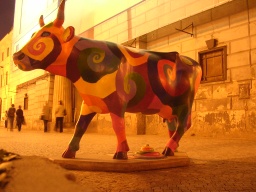 Huge
Huge Medium
Small
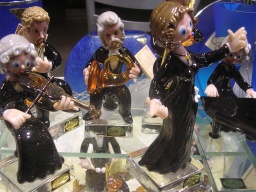 Huge
Huge Medium
Small
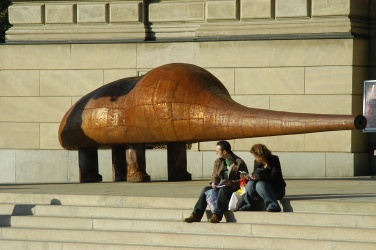 Huge
Huge Medium
Small
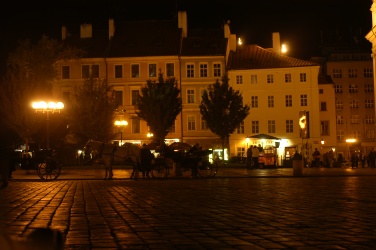 Huge
Huge Medium
Small
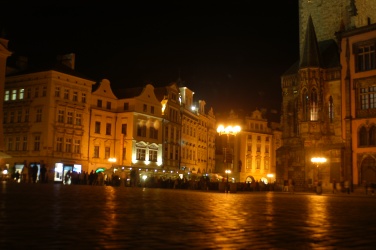 Huge
Huge Medium
Small
 Huge
Huge Medium
Small
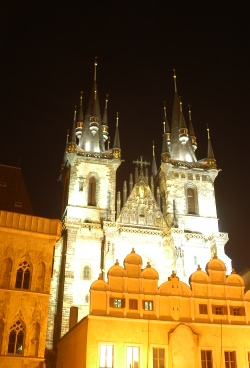 Huge
Huge Medium
Small
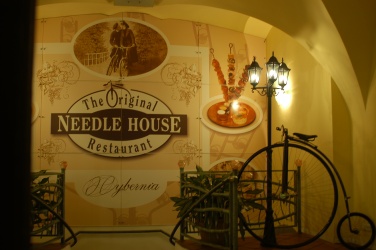 Huge
Huge Medium
Small
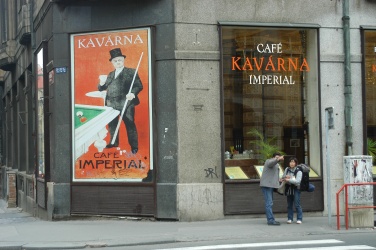 Huge
Huge Medium
Small
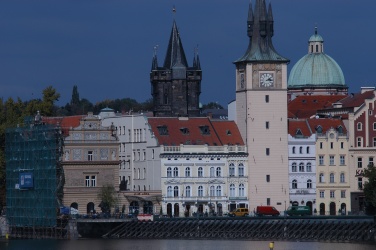 Huge
Huge Medium
Small
From September 30-October 3, we attended the
48th ATypI
meeting in Prague.
The pictures below are really pathetic,
so please give this amateur a break.
Also, I am only reporting on the talks that had
a Central or East European component.
Unfortunately, due to technical
difficulties, I have no pictures
for the absolutely fantastic talks on diacritics
by Petra Cerna Oven (who covered Croatian
and Slovene, and many other things)
and Victor Gaultney and Adam Twardoch
(who explained the diacritical challenges ahead
of us).
 Huge Huge Medium Small | |
 Huge Huge Medium Small | |
 Huge Huge Medium Small | |
 Huge Huge Medium Small | |
 Huge Huge Medium Small | |
 Huge Huge Medium Small | |
 Huge Huge Medium Small | |
 Huge Huge Medium Small | |
 Huge Huge Medium Small | |
 Huge Huge Medium Small | |
 Huge Huge Medium Small |
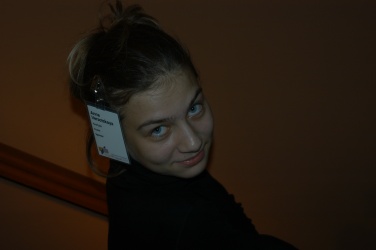 Huge Huge Medium Small | Anna Versotskaya at the e-a-t exhibition. |
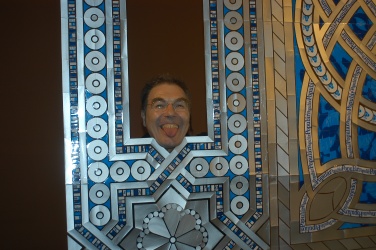 Huge Huge Medium Small | Jef Tombeur at the e-a-t. The artwork is by Radana Lencova. |
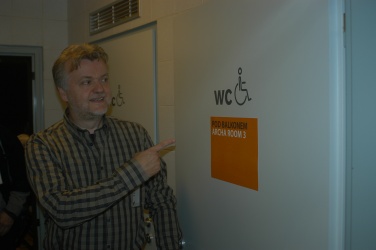 Huge Huge Medium Small | Lucas Nijs finds it odd that his talk his scheduled in the toilet. |
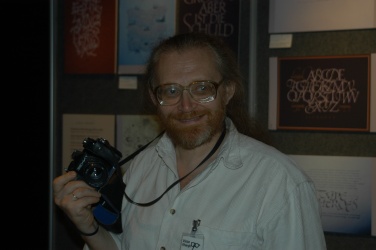 Huge Huge Medium Small | Viktor Kharyk, the main type designer in Ukraine. |
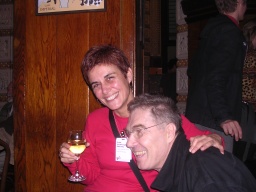 Huge Huge Medium Small | Huda Smitshuijzen-AbiFares and Jef at the Cafe Imperial. |
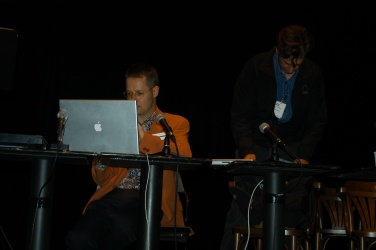 Huge Huge Medium Small | The new president of the ATypI getting ready in the main auditorium. |
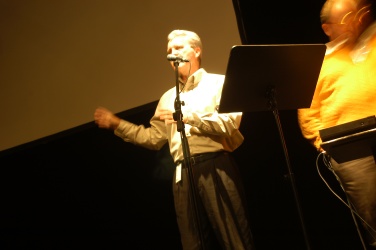 Huge Huge Medium Small | Allan Haley. |
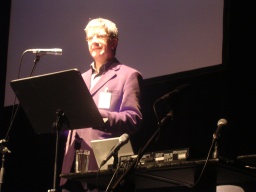 Huge Huge Medium Small | Rick Poynor. |
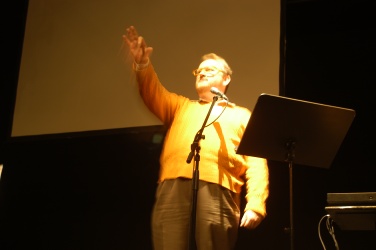 Huge Huge Medium Small | Hail to the chief. Outgoing president Mark Batty. |
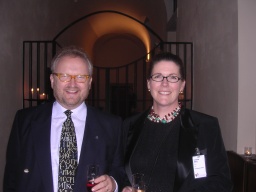 Huge Huge Medium Small | And here he is again with Cynthia, who worked harder than anyone else. |
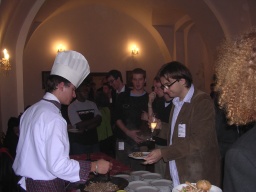 Huge Huge Medium Small | Adam Twardoch at the banquet in the Breznov Monastery. |
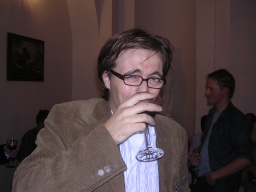 Huge Huge Medium Small | |
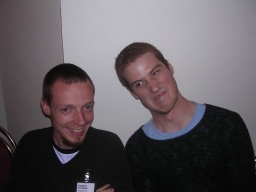 Huge Huge Medium Small | Frederik De Bleser and Tom De Smedt, the first half of the Belgian delegation. |
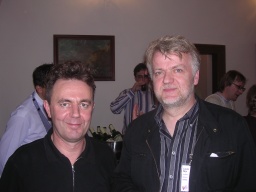 Huge Huge Medium Small | The second half: Peter Van Lancker and Lucas Nijs. |
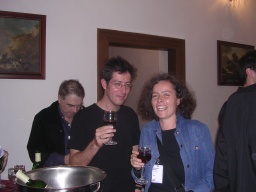 Huge Huge Medium Small | Veronika Burian. |
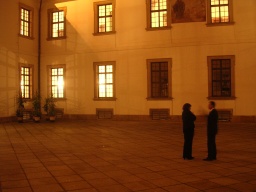 Huge Huge Medium Small |
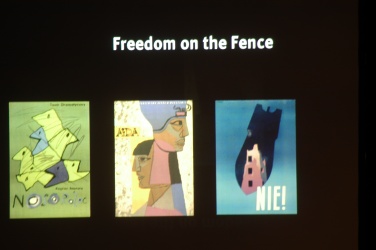 Huge Huge Medium Small | Andrea Marks presened a 20-minute rough cut of her documentary "Freedom on the fence". The glory days of Polish posters (1955-1965) were recalled, as well as the days of the solidarity movement (1980s). Posters had to be approved by the censors, so one can find all sorts of hidden messages in them. Most of the movie was about the sorry state of the art nowadays, with big commercial interests ruining the cityscapes. Well done! |
 Huge Huge Medium Small | |
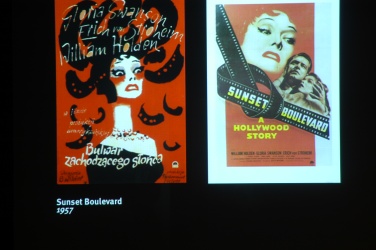 Huge Huge Medium Small | |
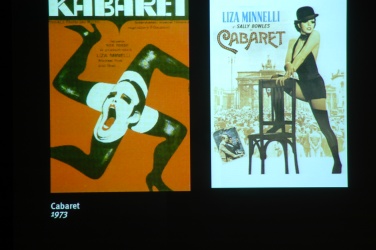 Huge Huge Medium Small | |
 Huge Huge Medium Small | |
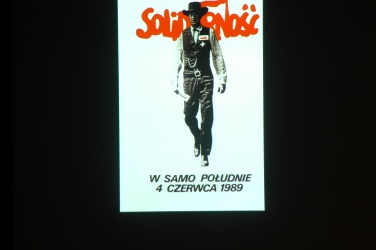 Huge Huge Medium Small | |
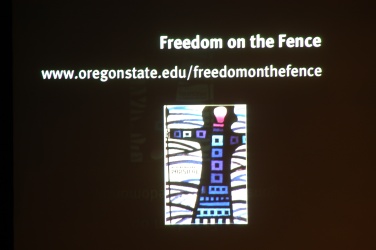 Huge Huge Medium Small | |
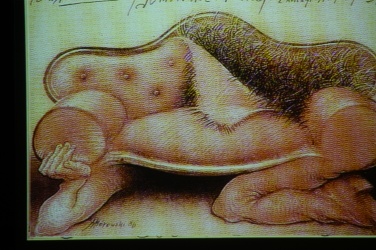 Huge Huge Medium Small | |
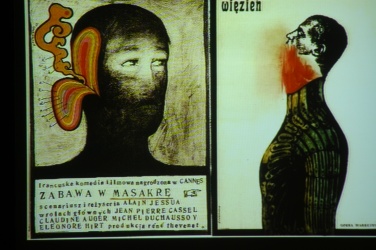 Huge Huge Medium Small | |
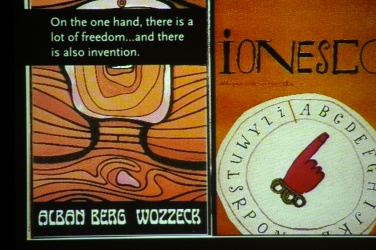 Huge Huge Medium Small | |
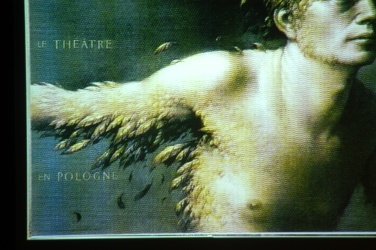 Huge Huge Medium Small | |
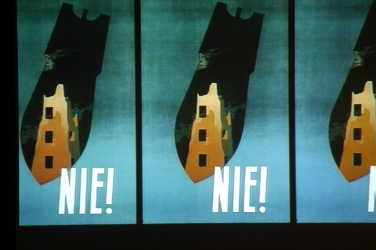 Huge Huge Medium Small | |
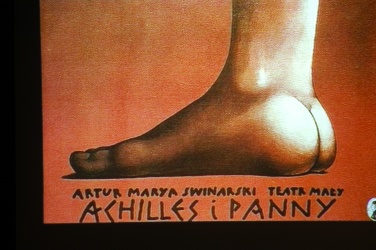 Huge Huge Medium Small | |
 Huge Huge Medium Small | |
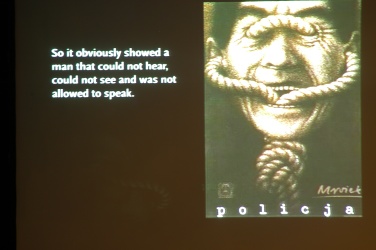 Huge Huge Medium Small | |
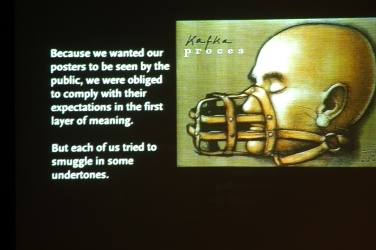 Huge Huge Medium Small | |
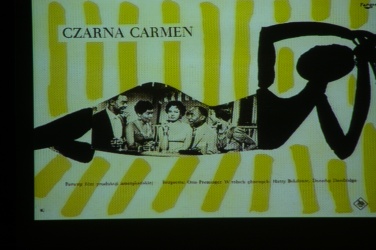 Huge Huge Medium Small | |
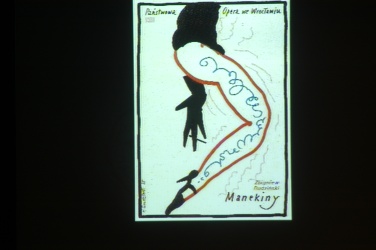 Huge Huge Medium Small | |
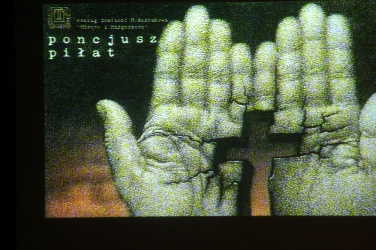 Huge Huge Medium Small | |
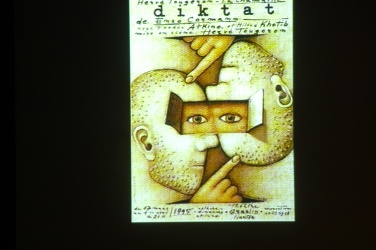 Huge Huge Medium Small | |
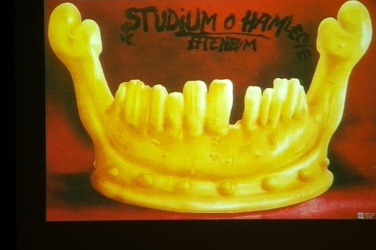 Huge Huge Medium Small |
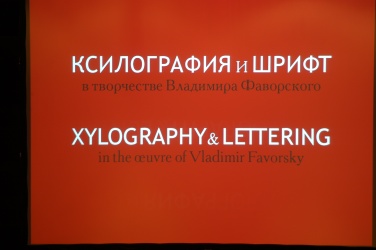 Huge Huge Medium Small | Yuri Gherchuk, an art historian from Moscow, spoke about the lettering in the oeuvre of Vladimir Favorsky (1886-1964), a graphic artist, book designer, philosopher, painter, and universal artist who remained almost unknown in the West. |
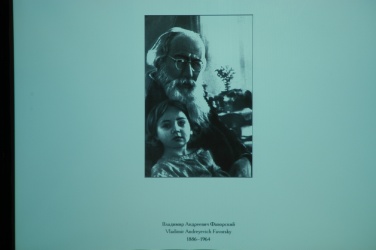 Huge Huge Medium Small | |
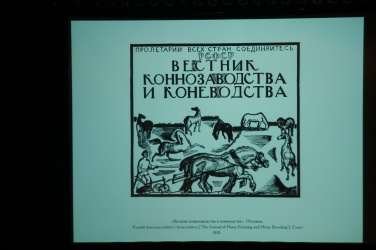 Huge Huge Medium Small | Look atthe lettering: all letters have a certain individuality, yet they fit carefully together. |
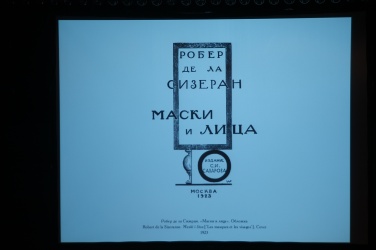 Huge Huge Medium Small | |
 Huge Huge Medium Small | |
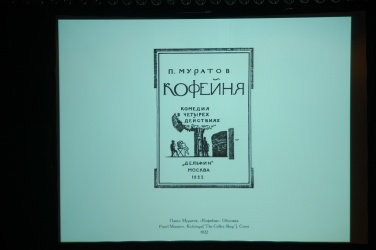 Huge Huge Medium Small | |
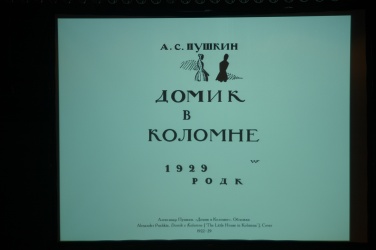 Huge Huge Medium Small | |
 Huge Huge Medium Small | |
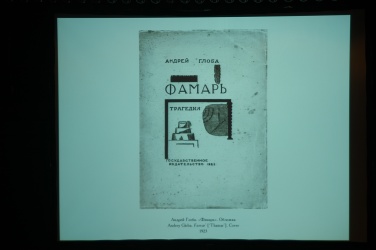 Huge Huge Medium Small | |
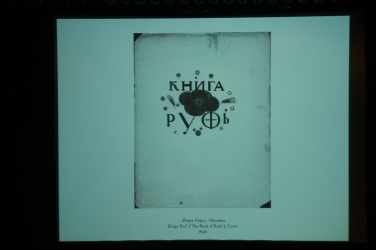 Huge Huge Medium Small | From the "Book of Ruth" (1924), maybe his most important work. The text is brimming with symbolism, like the cross in this figure, which is a combination of the greek Theta and the greek Phi. |
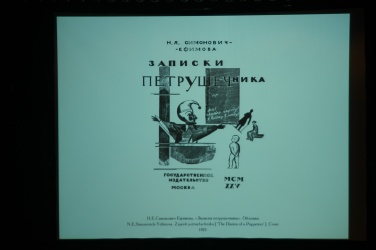 Huge Huge Medium Small | |
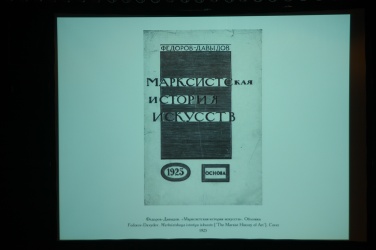 Huge Huge Medium Small | More pretty book designs. |
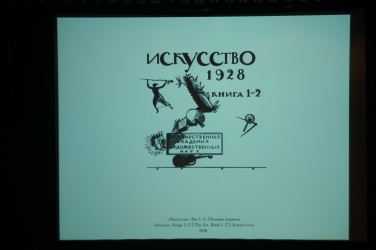 Huge Huge Medium Small | |
 Huge Huge Medium Small | |
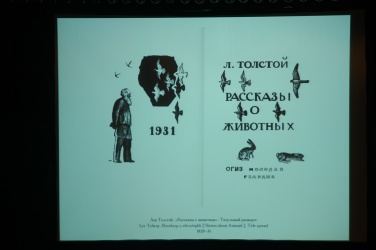 Huge Huge Medium Small | |
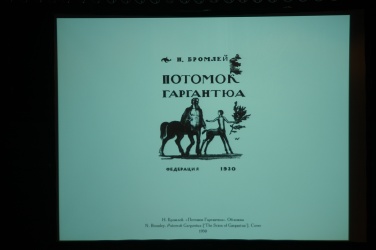 Huge Huge Medium Small | |
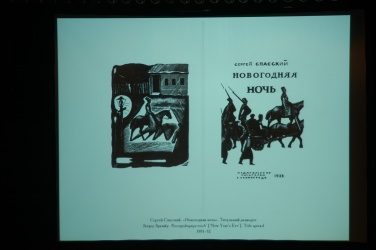 Huge Huge Medium Small | |
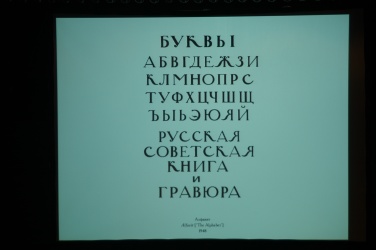 Huge Huge Medium Small |
He published his "Alphabet" in 1948. Gherchuk explained that Favorsky had his own type classification:
|
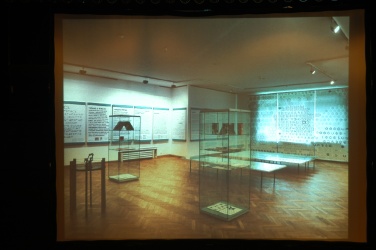 Huge Huge Medium Small | Johanna Balusikova (a Slovak type designer who studied in France and lives in The Netherlands) and Alan Zaruba (a Czech type designer who studied in London) presented the e-a-t (Experiment and Typography) exhibition, and took the opportunity to update us on the state of the art of Czech and Slovak type design. |
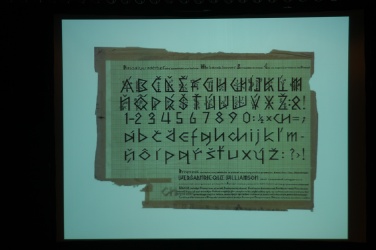 Huge Huge Medium Small | |
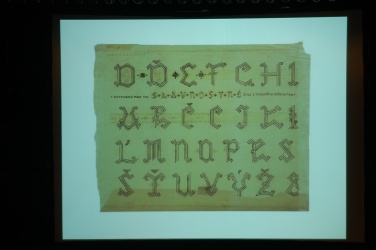 Huge Huge Medium Small | |
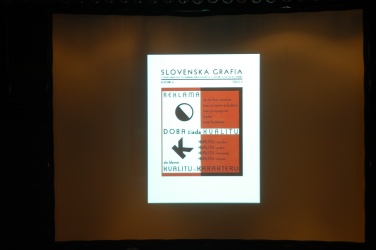 Huge Huge Medium Small | The School of Arts and Crafts (est. 1928, Bratislava) was the Slovak equivalent of the Bauhaus, but it closed in 1938. In those early days, painter Martin Benka (1888-1971) produced many ornamental compositions, and lots of important Slovak folk art. |
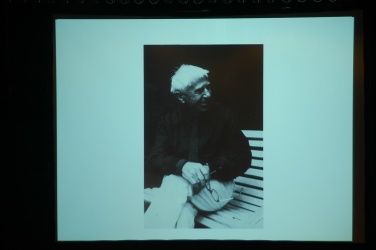 Huge Huge Medium Small | |
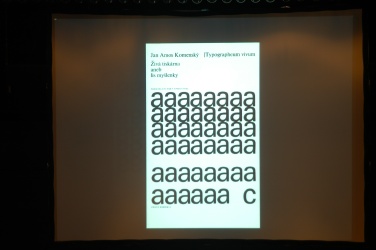 Huge Huge Medium Small | |
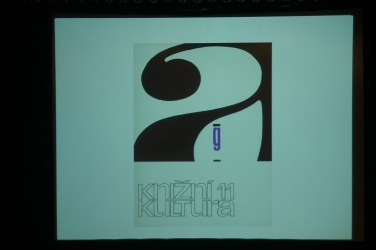 Huge Huge Medium Small | In the post-war period, Oldrich Hlavsa (author of "A Book of Type and Design," New York: Tudor Publishing, 1960, and of "Typographia," three volumes, Prague Publishing House for Technical Literature, 1976/1981/1986) became the dominant person on the type scene in Czechoslovakia. This book cover is by him. At the same time, Josef Týfa became important (see below). |
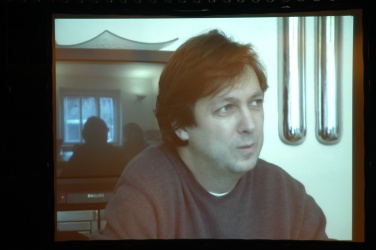 Huge Huge Medium Small | The Academy of Art and Design in Prague produced many famous artists, including Ales Najbrt (shown in the picture) and Jan Solpera. |
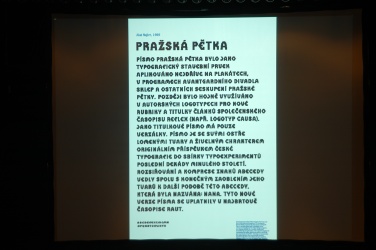 Huge Huge Medium Small | Najbrt was interested in calligraphy early on in his career, and evolved into the main graphic design personality in Prague today. Shown here is his "Typeface 5" (1989). |
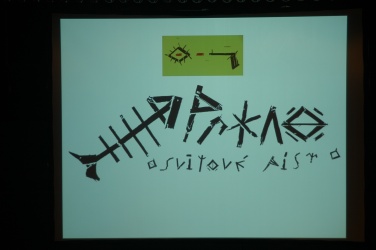 Huge Huge Medium Small | Neat wooden plank letters in the typeface Prkno (1992-1993) made by Petr Babak. |
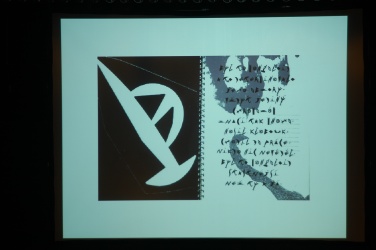 Huge Huge Medium Small | Ondrej Chory made Mongoloid (1992). |
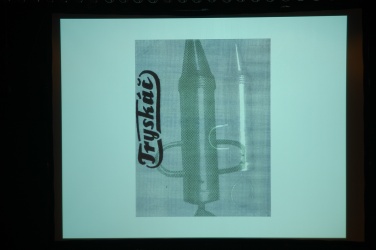 Huge Huge Medium Small | In these heady days of the early 1990s, many things happened. For example, this design magazine, Tryskac, saw the light, but only one issue was ever printed. |
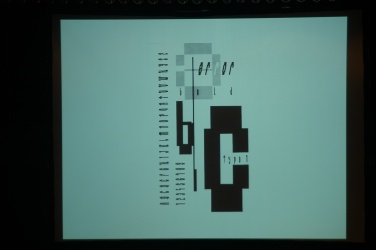 Huge Huge Medium Small | Pavel Jedlicka created the typeface Error (1997). |
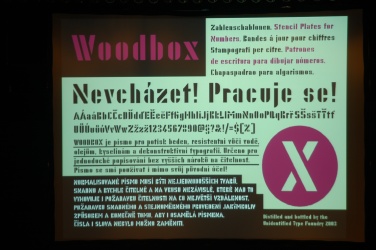 Huge Huge Medium Small | Woodbox (2003) is a neat stencil face, but I missed the author's name. Perhaps it was also by Jedlicka. |
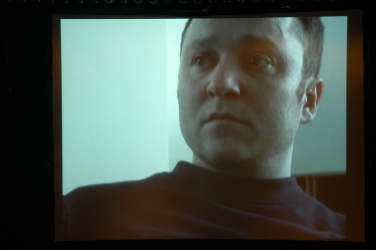 Huge Huge Medium Small | Moving on to contemporary Czech type designer Marek Pistora. |
 Huge Huge Medium Small | He created "Plastic"---look at those ornaments, freshly picked from a junkyard. |
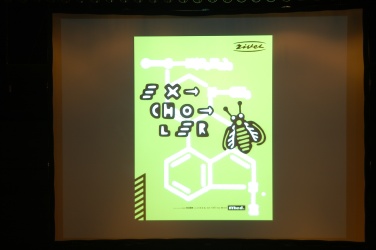 Huge Huge Medium Small | The Zivel magazine (1995, poster by Klara Kvizova) had a great influence on the young generation. Invariably, each issue had several experimental typefaces, and Marek Pistora was one of the main type designers involved in them. |
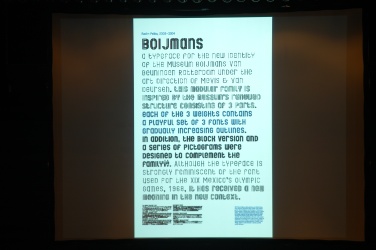 Huge Huge Medium Small | Radim Pesko created Boijmans (2004) for the new identity of the Museum Van Boijmans in Rotterdam. |
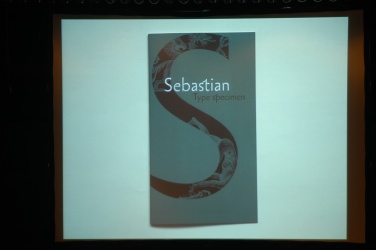 Huge Huge Medium Small | Moving on to Frantisek Storm, founder of the Storm Type Foundry. Storm designed tens of interesting typefaces. Shown here is Sebastian (2003), but he also made Serapion and Solpera. The Solpera face was originally called Insignia and done by Storm's teacher, Jan Solpera, in the 70s. Storm later digitized and renamed it. |
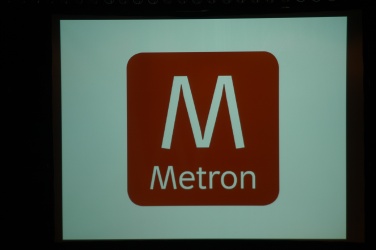 Huge Huge Medium Small | And here is Metron, made by Jiri Rathousky in the early 70s for the subway in Prague. It was later replaced by Helvetica, but with the help of Pistora, Storm digitized it in 2004, a year after the death of Rathousky, who had asked Storm for a digitized version. |
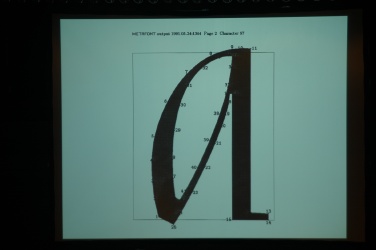 Huge Huge Medium Small | Slovakian designer Andrej Krátky graduated from Prague, where just as many others, he studied with Jan Solpera. He made the type family Adriq in metafont in 1991. |
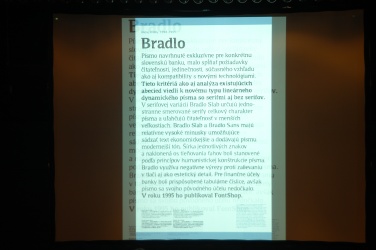 Huge Huge Medium Small | He also made Bradlo Slab and Bradlo Sans (FontShop, 1994-1995). |
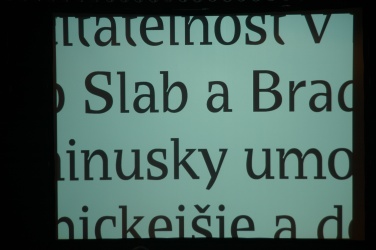 Huge Huge Medium Small | |
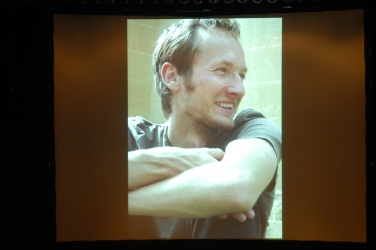 Huge Huge Medium Small | This happy fellow is Peter Bilak, the Slovakian designer of Eureka (1992), Atlanta (1994), Champollion, Fedra Sans (2001), and Fedra Serif, the editor of dot dot dot, and the founder of Typotheque in The Netherlands. |
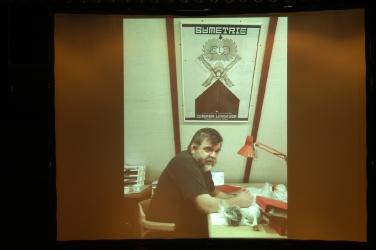 Huge Huge Medium Small | This is a Slovakian professor called Lubomir Longauer, who is curating an exhibition called "20th century Slovak typography, part 1: 1918-1970" from October 8th 2004 until January 2nd 2005, in Bratislava's Mirbachov Palace. Quoting Balusikova, he has done a pioneering job on historical research of typographical work done by Slovak artists since the beginning of the Czechoslovak state in 1918. |
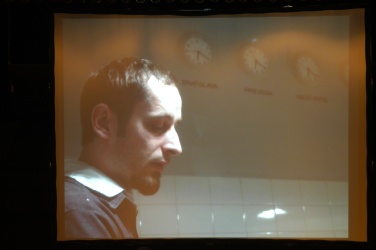 Huge Huge Medium Small | Emil Drliciak, the Slovak designer of the logotype face Hexagon (1997). |
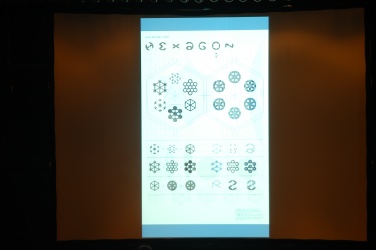 Huge Huge Medium Small | |
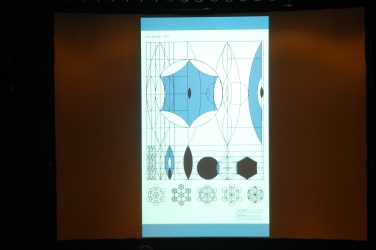 Huge Huge Medium Small | Look at the exquisite geometric constructions! |
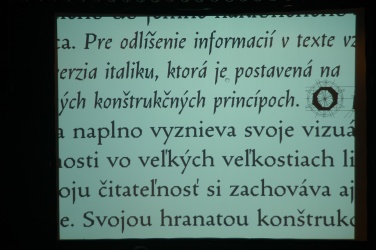 Huge Huge Medium Small | Close-up of the typeface Hrana (1997) by Daniel Markovic, another Slovak. He was clearly influenced by Vojtech Preissig. |
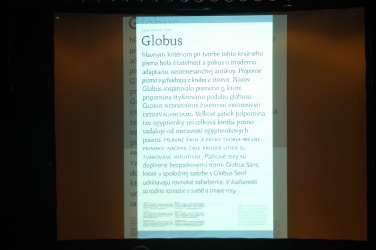 Huge Huge Medium Small | This is his Globus text face, done in 1999. |
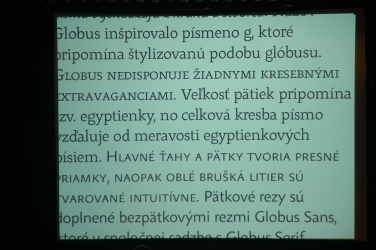 Huge Huge Medium Small | |
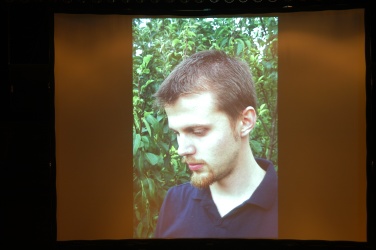 Huge Huge Medium Small | Babyfaced Slovakian designer Michal Tornyai. |
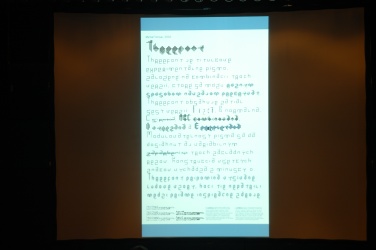 Huge Huge Medium Small | He created this experimental face, Threefont (2002). |
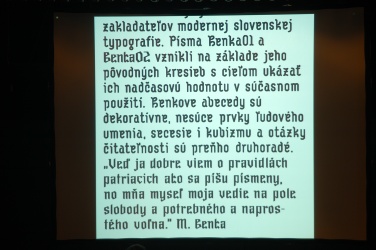 Huge Huge Medium Small | Martin Bajanik is the Slovak designer of the experimental face Benka (2001) and of the pictogram face Via Dolorosa (2002). Benka, of course, is named after the Slovak pioneer, Martin Benka. |
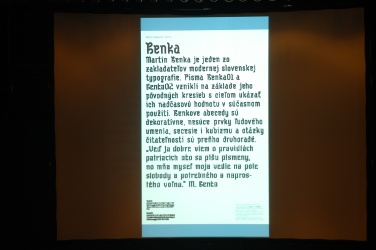 Huge Huge Medium Small |
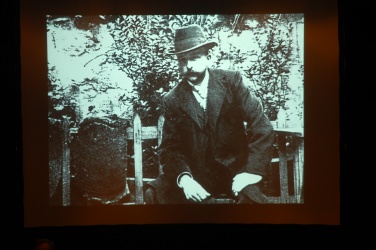 Huge Huge Medium Small | Richard Kegler (P22) spoke about Preissig's life and typography. Preissig was a Bohemian (b. 1873) who studied at the academy of Applied Art in Prague. We moved to Paris where he worked briefly in Alphonse Mucha's studio. In 1910, he moved to the USA to join his brother, and lived there for about twenty years. |
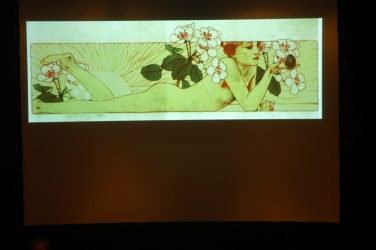 Huge Huge Medium Small | 1899: Preissig was 26 years old. |
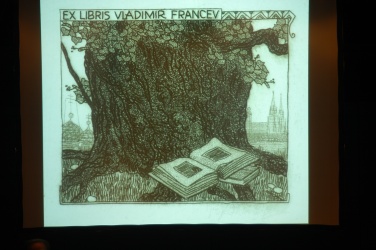 Huge Huge Medium Small | He did this ex Libris in 1905, the year in which he established Szeska Grafika, a graphic studio in Prague. |
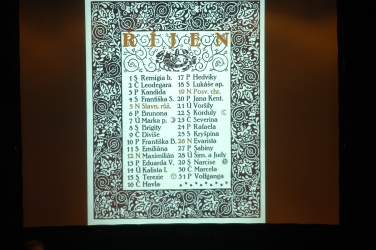 Huge Huge Medium Small | |
 Huge Huge Medium Small | A few years later, he Czechified the Arlington typeface so that it could be used in Czech books. |
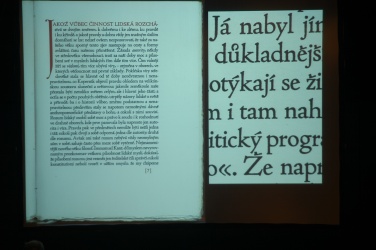 Huge Huge Medium Small | Close-up of Cloister. Look at the round diacritics with the open circles. That is Preissig's trademark---not a bad idea to leave a footprint in one's typefaces. |
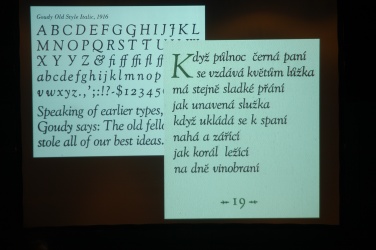 Huge Huge Medium Small | Preissig's 1919 adaptation of Goudy Old Style (1916). |
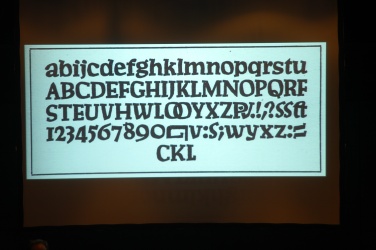 Huge Huge Medium Small | His first original type design, based on linoleum block carving. Preissig wanted to rebel against clean machines, and was actively seeking the irregular forms. |
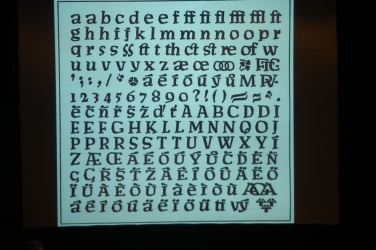 Huge Huge Medium Small | |
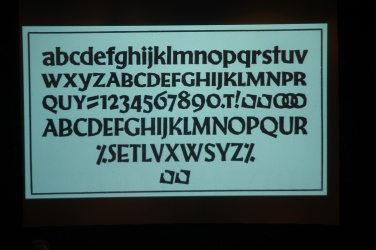 Huge Huge Medium Small | This sans design, genetically linked to the previous ones, dates from 1913-1914. |
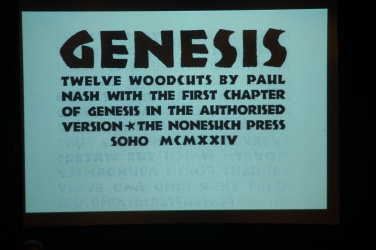 Huge Huge Medium Small | Admire the pages of the books he designed. He did everything, the ex libris, the ornaments, the type, the typography. |
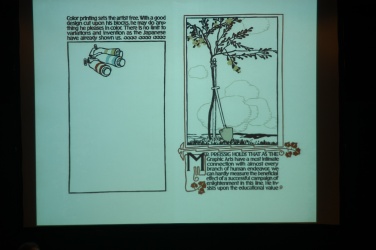 Huge Huge Medium Small | |
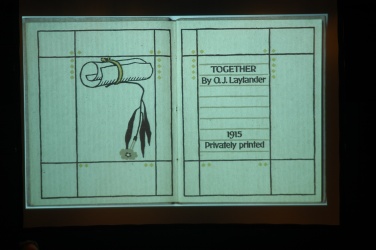 Huge Huge Medium Small | |
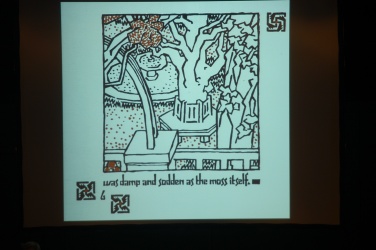 Huge Huge Medium Small | |
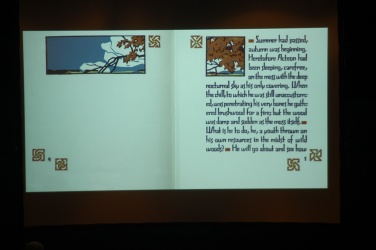 Huge Huge Medium Small | |
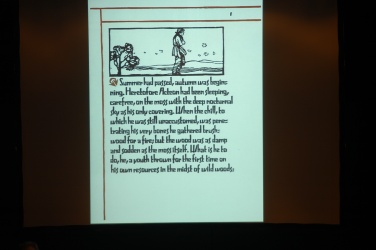 Huge Huge Medium Small | |
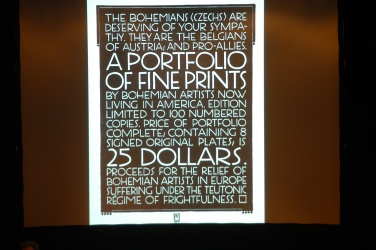 Huge Huge Medium Small | Quote from this slide: "The Bohemians (Czechs) are deserving of your sympathy. They are the Belgians of Austria, and pro-allies." |
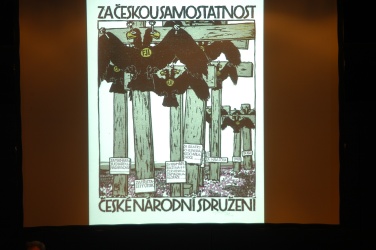 Huge Huge Medium Small | |
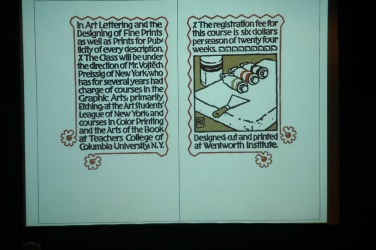 Huge Huge Medium Small | |
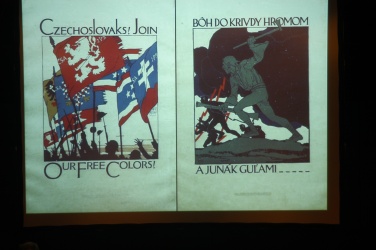 Huge Huge Medium Small | Preissig was politically active, and hated the occupation of his country by the Austrians during world war I and by the Germans in world war II. From the safety of the Wentworth Institute in New York, where he started teaching in 1912, he printed many political posters. |
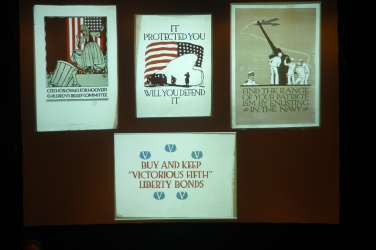 Huge Huge Medium Small | |
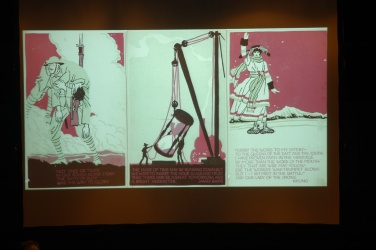 Huge Huge Medium Small | |
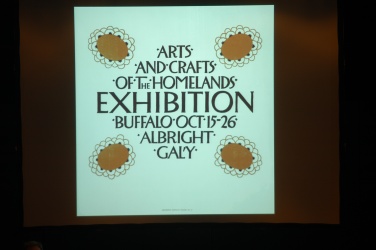 Huge Huge Medium Small | |
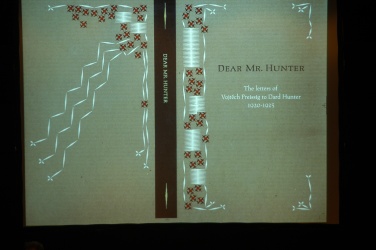 Huge Huge Medium Small | |
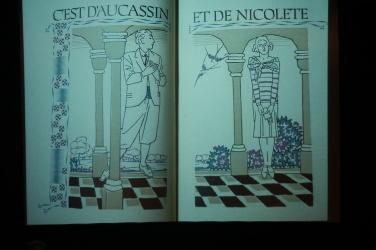 Huge Huge Medium Small | The Preissig Roman typeface is used for the 1928 book "D'Aucassin et Nicolete". |
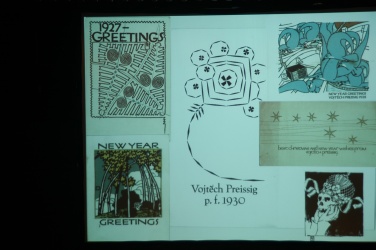 Huge Huge Medium Small | |
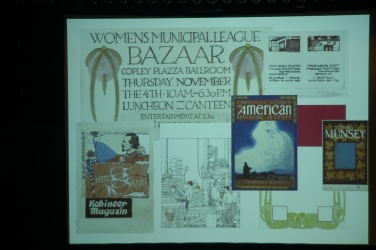 Huge Huge Medium Small | |
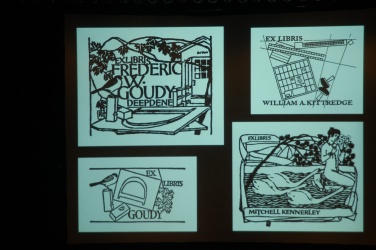 Huge Huge Medium Small | Preissig made over 60 exlibris, but he was foremost a book designer. |
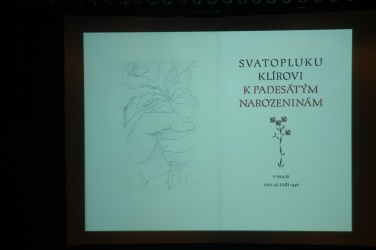 Huge Huge Medium Small | |
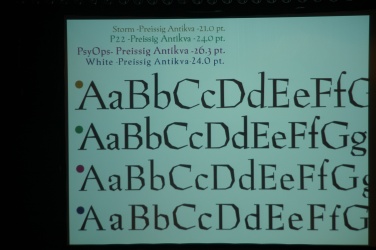 Huge Huge Medium Small | Kegler showing us a comparison of several digital versions of Preissig's Antikva, done by Storm, P22, PsyOps and White, respectively. |
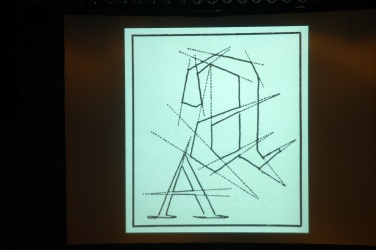 Huge Huge Medium Small | |
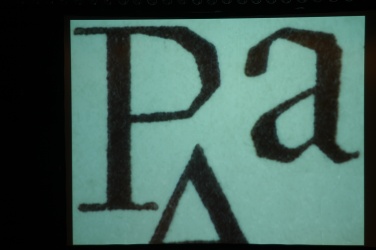 Huge Huge Medium Small | |
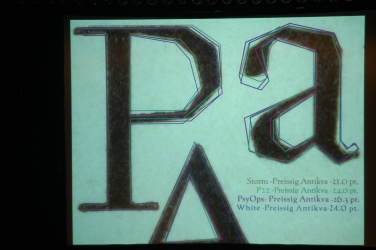 Huge Huge Medium Small | |
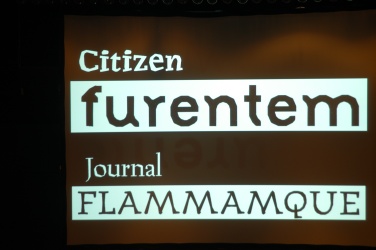 Huge Huge Medium Small | Citizen and Journal are related digital typefaces. |
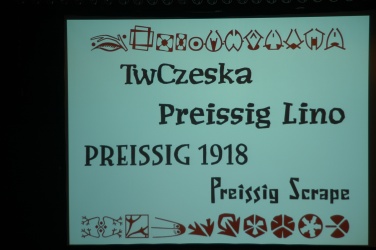 Huge Huge Medium Small | Preissig joined the resistance in Czechia in 1939, was arrested in 1940, and died in 1944 in the concentration camp in Dachau. Kegler concluded: "His work was passionate, visionary, and deserves more study." |
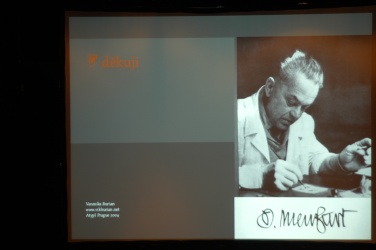 Huge Huge Medium Small | Veronika Burian presented the work of Oldrich Menhart (1897-1962), a famous Czech Calligrapher, type designer and craftsman. Unlike Preissig, who was involved in all aspects of book design, Menhart was the prototypical type technician. |
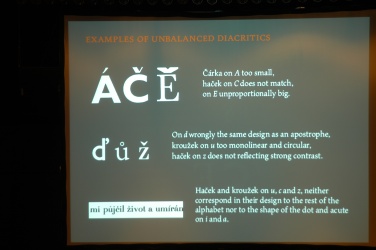 Huge Huge Medium Small | The Czech Republic was founded in 1918, time for a new identity! But sadly, there were almost no appropriate typefaces and no independent type industry. This example shows how not to use diacritics. |
 Huge Huge Medium Small | V.H. Brunner (1886-1928) tried to make original Czech type. |
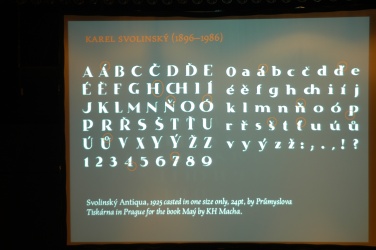 Huge Huge Medium Small | Karel Svolinsky (1896-1986) cast this wonderful Svolinsky Antiqua in 1925 for Prumyslova Tiskarna in Prague. |
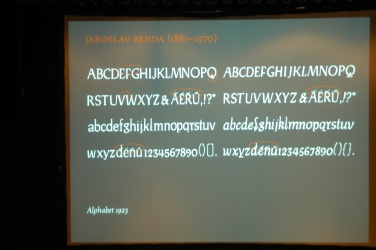 Huge Huge Medium Small | Jaroslav Benda (1881-1970) made this alphabet in 1923. |
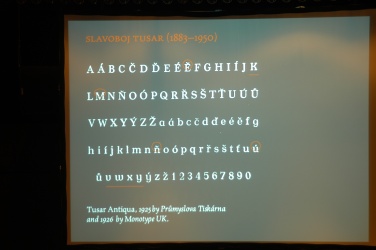 Huge Huge Medium Small | This Tusar Antiqua (1925, Prumyslova Tiskarna) was made by Slavoboj Tusar (1883-1950). |
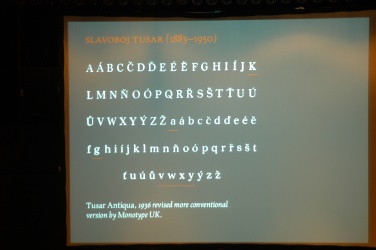 Huge Huge Medium Small | Tusar Antiqua in Monotype's 1936 version. |
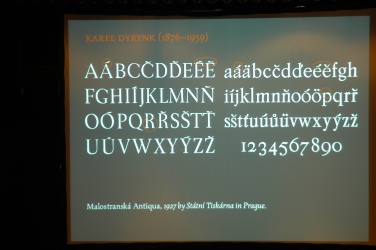 Huge Huge Medium Small | And Karel Dyrynk (1876-1959) showed that he had mastered the art of good diacritics in his Malostranska Antiqua (1927, Statni Tiskarna, Prague). |
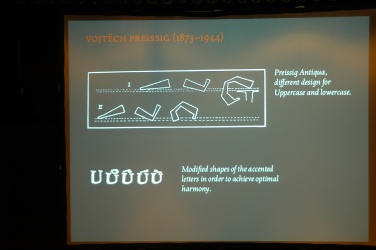 Huge Huge Medium Small | Vojtech Preissig (1873-1944) was obsessed with diacritics. In any case, Burian made the point that the post-war period was very productive in Czechoslovakia, and that the diacritics problem was being solved. |
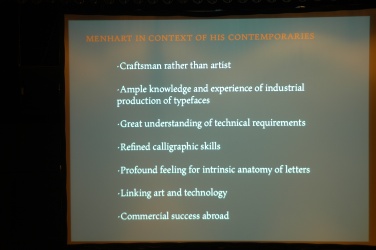 Huge Huge Medium Small | She placed Menhart just right: he was a calligrapher, a technician, a man who had a feeling for his letterforms. |
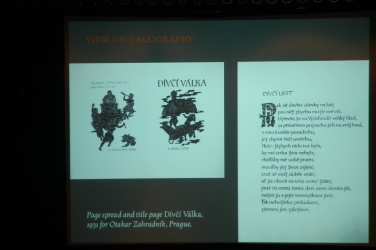 Huge Huge Medium Small | In this and the next figure, Menhart only did the type. He considered calligraphy as the cradle of type design, according to Burian. |
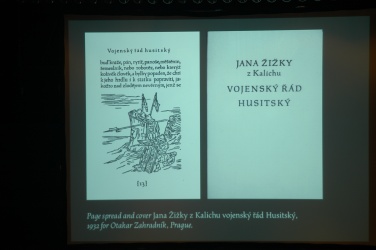 Huge Huge Medium Small | |
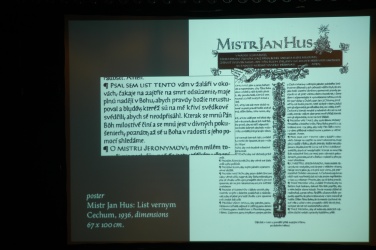 Huge Huge Medium Small | |
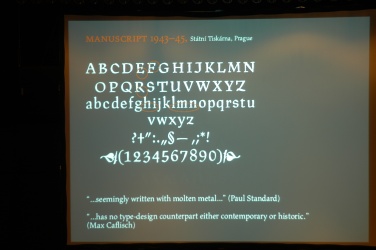 Huge Huge Medium Small | Here is Manuscript (1943-1945, Statni Tiskarna, Prague), which by virtue of its originality and Slavonic feel, tended to be overused. Used sparingly, it can be elegant and poetic. Paul Standard says that it is "seemingly written with molten metal". |
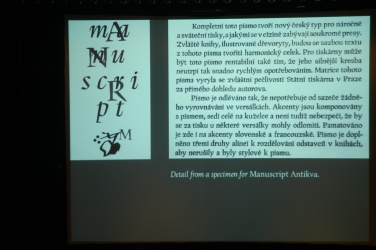 Huge Huge Medium Small | |
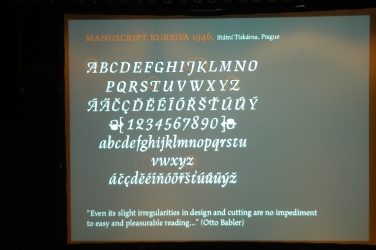 Huge Huge Medium Small | Manuscript Kursiva (1946) is quite calligraphic. |
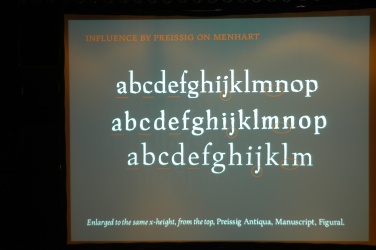 Huge Huge Medium Small | A great comparison by Burian of Preissig's Antiqua, and Menhart's Manuscript and Figural typefaces. She circled the places of obvious influence. |
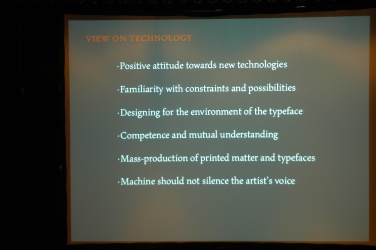 Huge Huge Medium Small | Burian reminds us that Menhart had a positive attitude towards new technologies. |
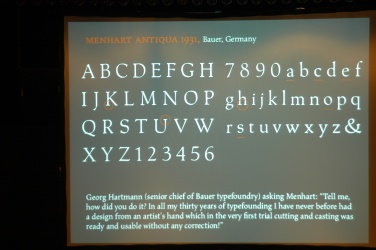 Huge Huge Medium Small | Menhart was one of the rare Czech type designers at the time who actively looked to publish his work internationally. Here is Menhart Antiqua (1931, Bauer), his first commercial face. Blow it up to check that the serifs point to the right in a wedge shape, to guide the reader's eye. |
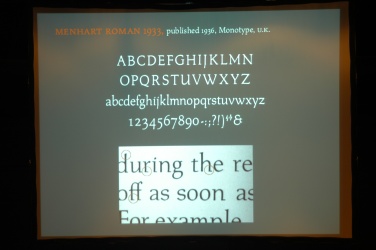 Huge Huge Medium Small | The semiserifed Menhart Roman followed in 1933 (published by Monotype in 1936). |
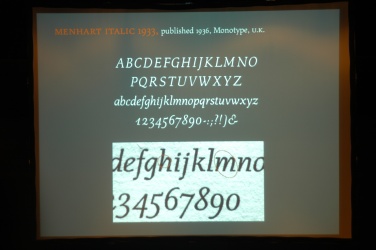 Huge Huge Medium Small | And here is Menhart Italic (1933, published by Monotype in 1936). His motto was that type should not disturb or shock. |
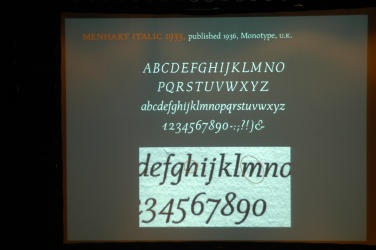 Huge Huge Medium Small | |
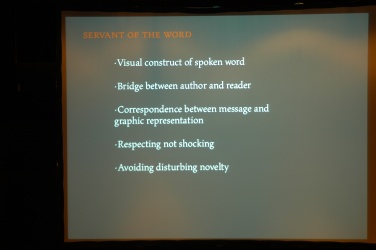 Huge Huge Medium Small | |
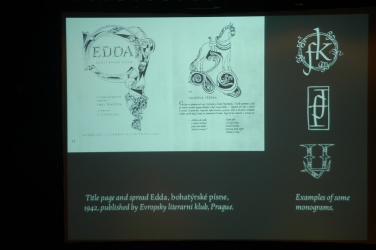 Huge Huge Medium Small | |
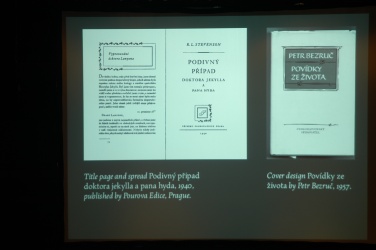 Huge Huge Medium Small | |
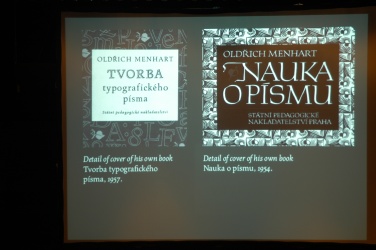 Huge Huge Medium Small | |
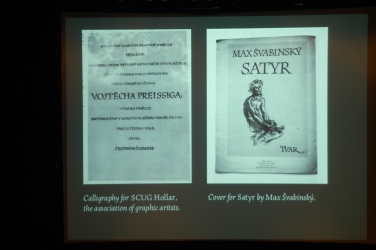 Huge Huge Medium Small | |
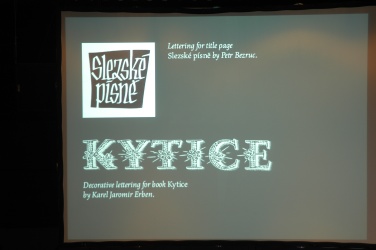 Huge Huge Medium Small | |
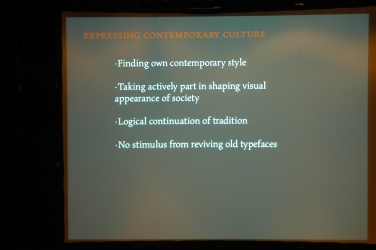 Huge Huge Medium Small | |
 Huge Huge Medium Small | Figural Antikva (1940, published by Statni Tiskarna, 1949) is an elegant and generous text face. |
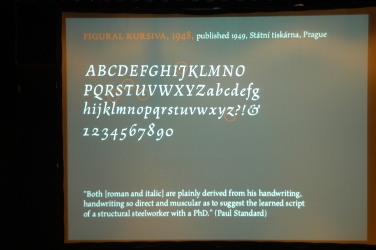 Huge Huge Medium Small | It is hard to believe, but both this Figural Kursiva (1948, published by Statni Tiskarna, 1949) and Figural Antikva were derived directly from Oldrich's own handwriting. He was very adept at taking drawings directly to typefaces. |
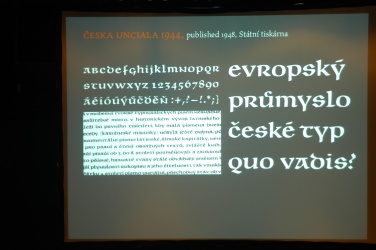 Huge Huge Medium Small | Ceska Unciala (1944, published in 1948 by Statni Tiskarna). |
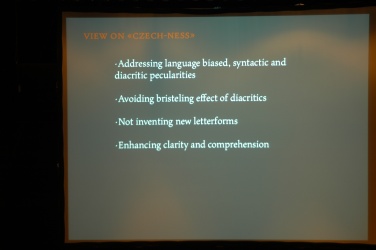 Huge Huge Medium Small | Menhart had his own views on the Czech character. For example, he does not want the many diacritics to disturb the reader. Shown here are Codex Antiqua and Kursiva (1930) and Ministr. |
 Huge Huge Medium Small | His typefaces were designed from his gut. They had to be functional, and were derived from scratch from his own handwriting. He rejected type revivals. |
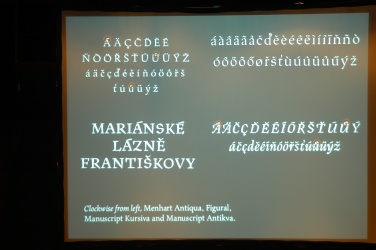 Huge Huge Medium Small | |
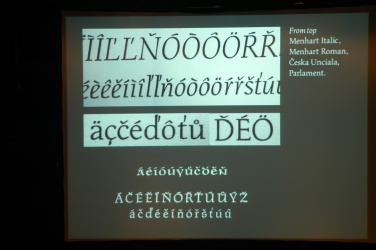 Huge Huge Medium Small | |
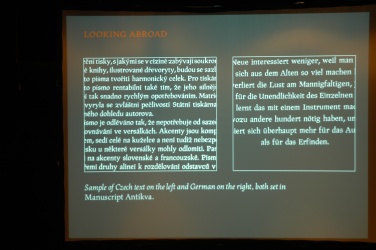 Huge Huge Medium Small | His letters had calligraphic origins and were thus irregular from birth. |
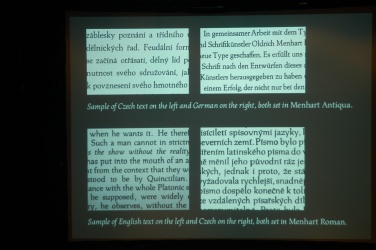 Huge Huge Medium Small | |
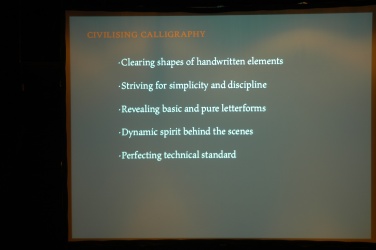 Huge Huge Medium Small | |
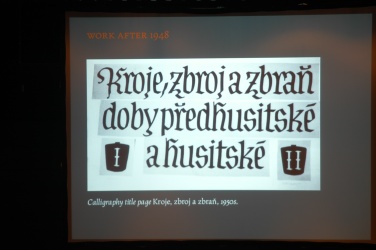 Huge Huge Medium Small | According to Burian, his work degenerated after 1948. It lost a bit of its elegance. Coincidentally, in 1948, the communist regime took over, and Menhart was elevated to the status of national hero, bestowing many awards on him. Burian does not believe that he was a card carrying communist though, because he did not care about various ideologies. It is true, though, that he did several posters for the communists. |
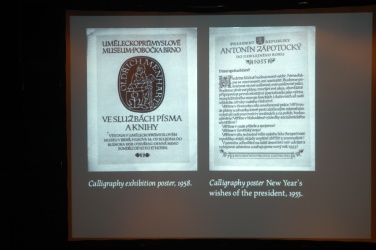 Huge Huge Medium Small | |
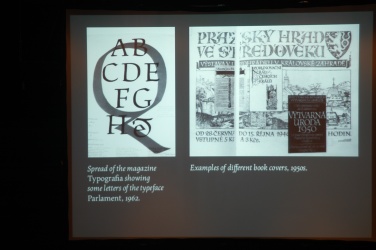 Huge Huge Medium Small | Parlament (1962) was created in this last period of his life. |
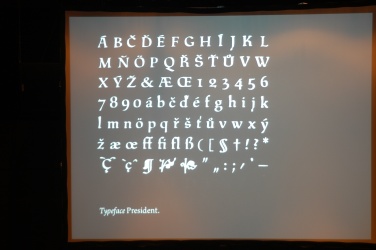 Huge Huge Medium Small | |
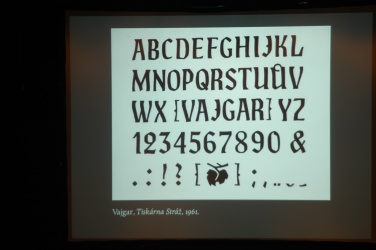 Huge Huge Medium Small | Vajgar (1961, Tiskarna Straz) looks to me like it is a throwback to the Czechoslovakia of his youth, inconsistent with the times. Menhart died in 1962. Veronika, if you are reading this summary of your talk: I was fascinated by your analysis and insight, and the way you dissected Menhart's life. Thanks. |
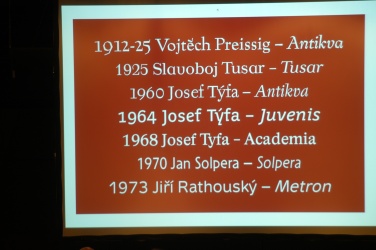 Huge Huge Medium Small | On to the presentation by Frantisek Storm and his two assistants, Ottokar Karlas and Marek Pistora, of his Czech type project: Storm wants to digitize, extend, and publicize all the major historical Czech typefaces. They can be bought at the Storm Type Foundry. The list of faces done thus far is shown in the picture. |
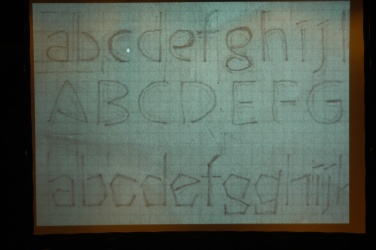 Huge Huge Medium Small | An original drawing of Preissig, ca. 1914, shown to us by Ottokar. |
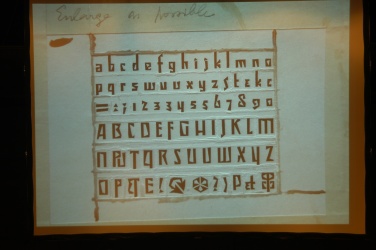 Huge Huge Medium Small | |
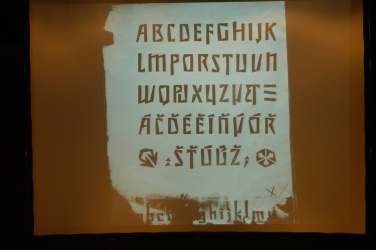 Huge Huge Medium Small | |
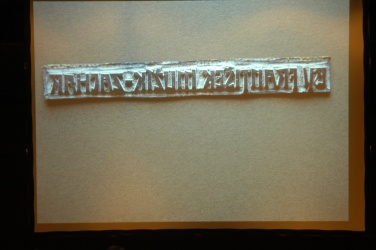 Huge Huge Medium Small | The next few slides show the linoleum cut for "The House", a small booklet, as well as some leaves from that publication. Recall that typesetting and book design was all done by Preissig himself. |
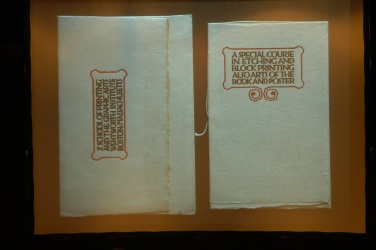 Huge Huge Medium Small | |
 Huge Huge Medium Small | |
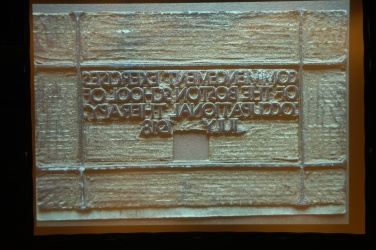 Huge Huge Medium Small | |
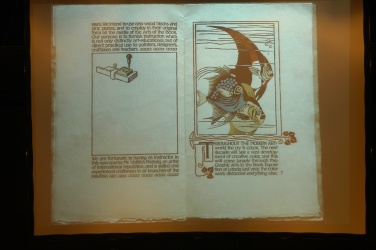 Huge Huge Medium Small | |
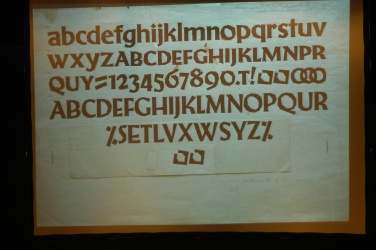 Huge Huge Medium Small | |
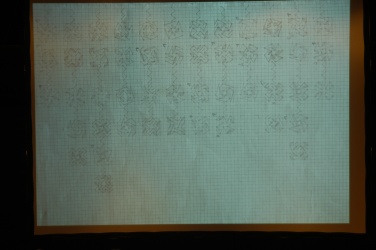 Huge Huge Medium Small | It is difficult to see, but Preissig often drew on square-grid paper. Maybe this explained his hookish letters (probably not). He was notorious for starting projects, nad not finishing them. |
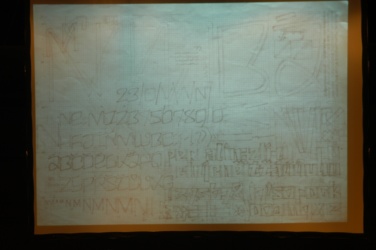 Huge Huge Medium Small | |
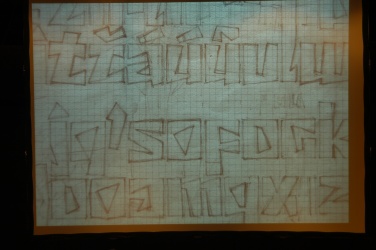 Huge Huge Medium Small | |
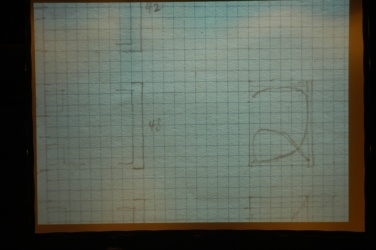 Huge Huge Medium Small | |
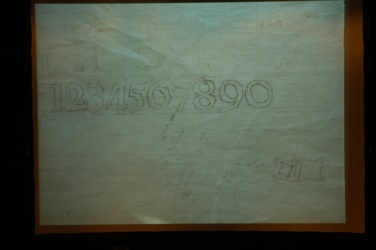 Huge Huge Medium Small | |
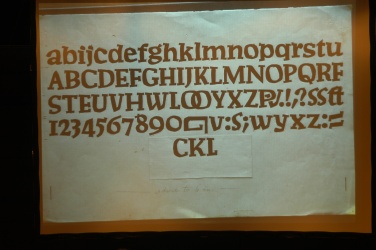 Huge Huge Medium Small | Ink on paper drawing, ca. 1915. These and the following pictures of Preissig's work were taken from "Czech Typefaces" by Karl Dyrynk (1935). |
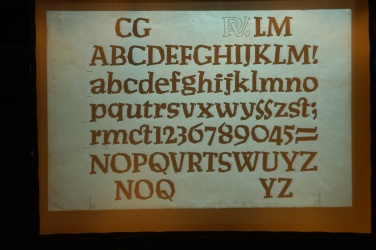 Huge Huge Medium Small | |
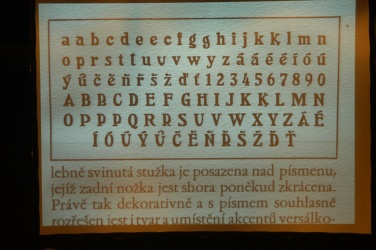 Huge Huge Medium Small | |
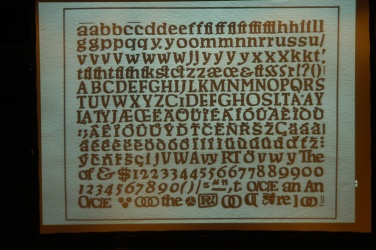 Huge Huge Medium Small | |
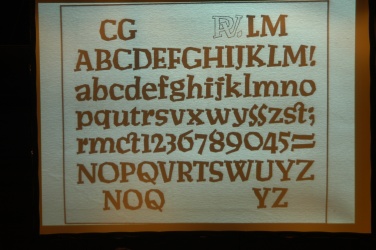 Huge Huge Medium Small | |
 Huge Huge Medium Small | |
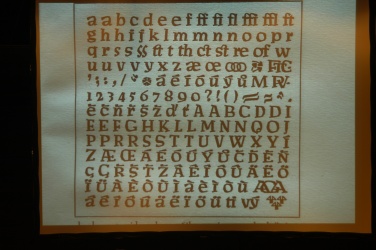 Huge Huge Medium Small | |
 Huge Huge Medium Small | |
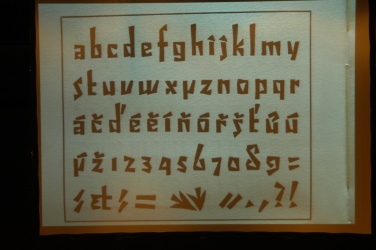 Huge Huge Medium Small | |
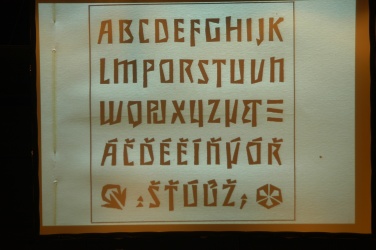 Huge Huge Medium Small | |
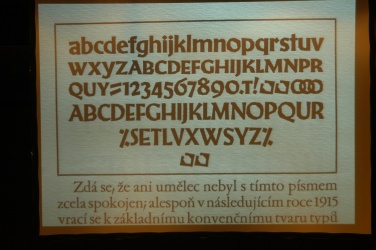 Huge Huge Medium Small | |
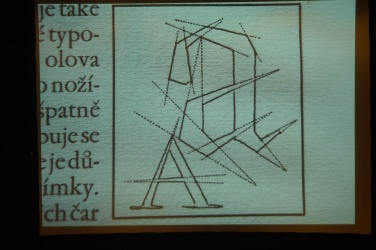 Huge Huge Medium Small | |
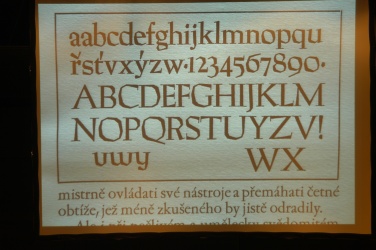 Huge Huge Medium Small | |
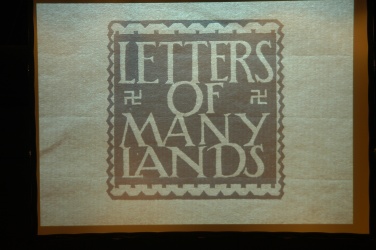 Huge Huge Medium Small | |
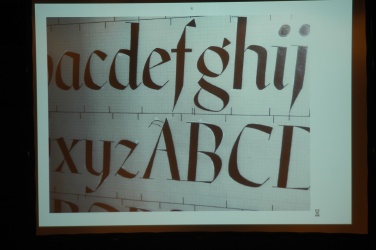 Huge Huge Medium Small | |
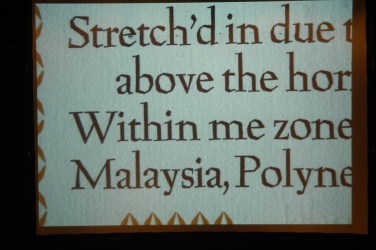 Huge Huge Medium Small | Preissig's proportions are influenced by the art nouveau: big ascenders, short descenders, reduced size in the capitals. |
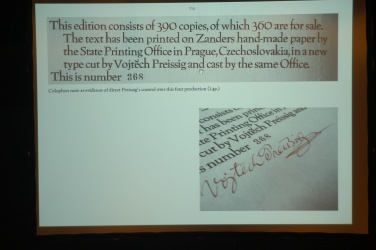 Huge Huge Medium Small | |
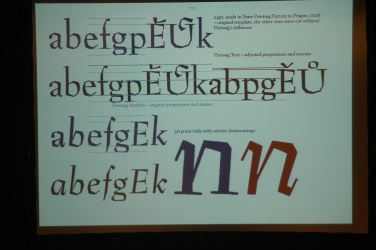 Huge Huge Medium Small | The following figures all refer to the digital versions of Preissig's typefaces, as done by Storm. The first line is Preissig's original Antikva (1925, State Printing Factory, Prague). The second line is Storm's Preissig Antikva, still with the same characteristic half open diacritics. Storm thought that the italic was flawed, so he corrected and redrew it. |
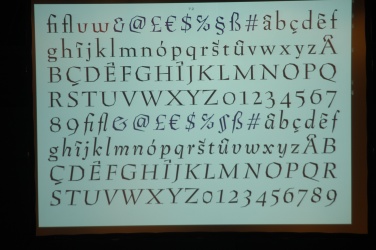 Huge Huge Medium Small | |
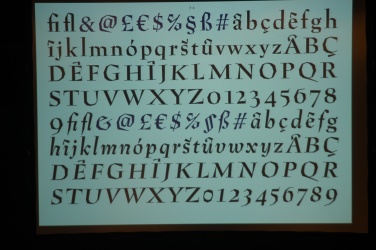 Huge Huge Medium Small | |
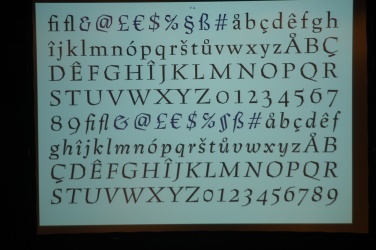 Huge Huge Medium Small | |
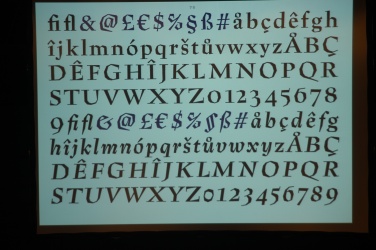 Huge Huge Medium Small | |
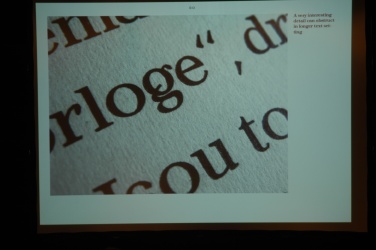 Huge Huge Medium Small | The Storm Type Foundry offers Preissig Anitkva, Preissig 1918 8a linoleum cut), and Preissig Ozdoby (the original Preissig). |
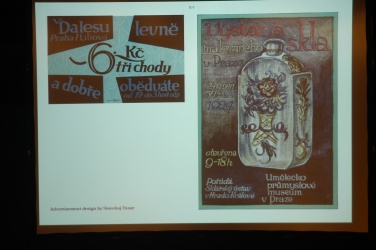 Huge Huge Medium Small | On to Slavoboj Tusar, the brother of the Czech Prime Minister in the 1920s. He studied painting and decoration, and knew a lot about European graphic design and advertising. |
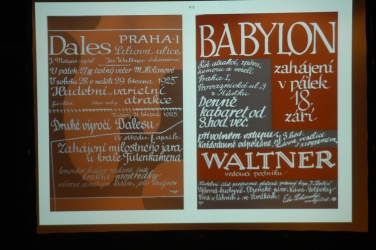 Huge Huge Medium Small | |
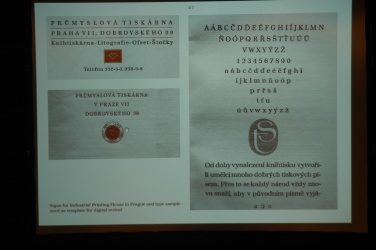 Huge Huge Medium Small | Tusar's first typeface, used in Svolinsky's book, was destroyed, in part to keep the book unique, and in part because Tusar was not satisfied with the cut. |
 Huge Huge Medium Small | Tusar's typeface from 1925-1926 (Lanston Monotype), digitized by Storm in 2004. |
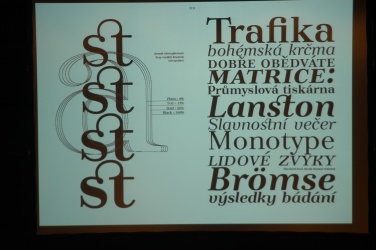 Huge Huge Medium Small | The same typeface. Brömse was Tusar's teacher, by the way. Anyway, Storm mentioned that he thought that Tusar got a lot of inspiration from Cyrillic letters. He did also many posters and was heavily involved in graphic design. |
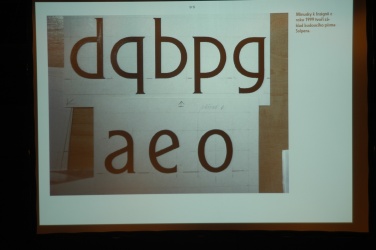 Huge Huge Medium Small | Jan Solpera was Storm's teacher. He had made Insignia in 1982 (shown here), which was made into a digital type by Storm in 1999 and renamed Solpera because Insignia was already used elsewhere. Interesting detail: Solpera/Insignia is used on Czech bank notes. |
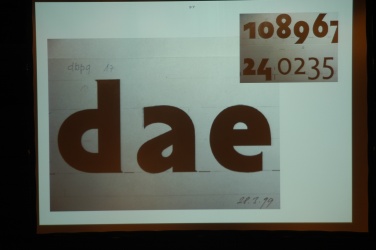 Huge Huge Medium Small | |
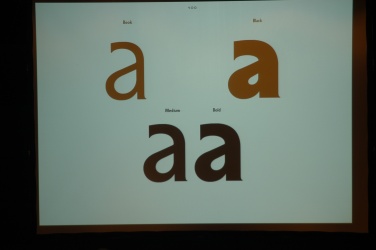 Huge Huge Medium Small | |
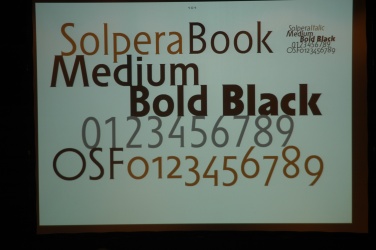 Huge Huge Medium Small | Solpera was a precise and patient man, who insisted on full character sets: "Solpera always plays with the alternates", proclaimed Storm. |
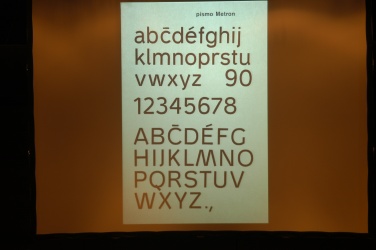 Huge Huge Medium Small | Finally, on to the story of Metron, a typeface designed by Jiri Rathousky for the Prague metro in 1973. Rathousky was only one out of the original design team. Metron was extremely readable from far away, and thus ideal for this situation: the endings of rounded stems had to be rectangular, for example. The typeface was replaced by Helvetica in 1986. Marek Pistora corresponded with Rathousky, who just before his death in 2003 agreed to have the typeface digitized, which Pistora and storm did, based on a sample found in Hlavsa's book. |
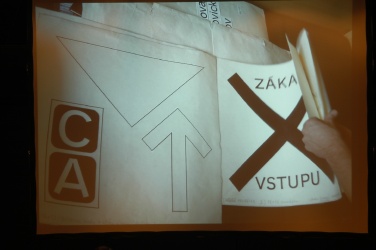 Huge Huge Medium Small | |
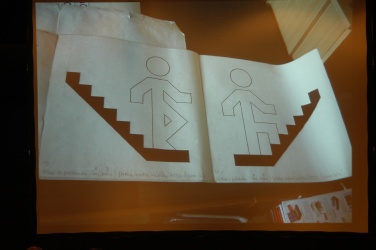 Huge Huge Medium Small | |
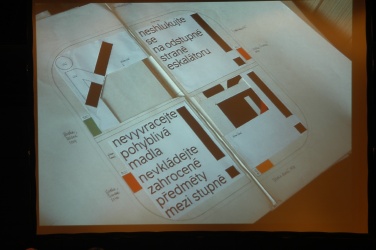 Huge Huge Medium Small | |
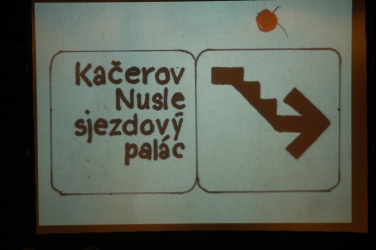 Huge Huge Medium Small | |
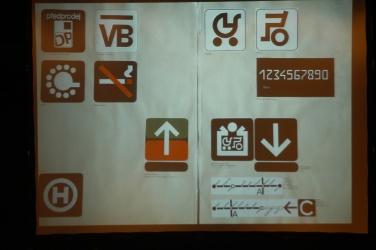 Huge Huge Medium Small | |
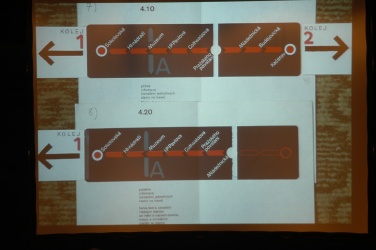 Huge Huge Medium Small | |
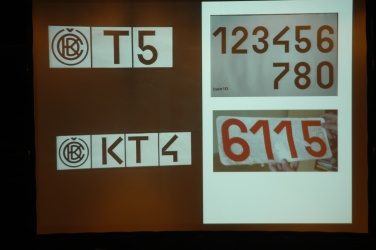 Huge Huge Medium Small | |
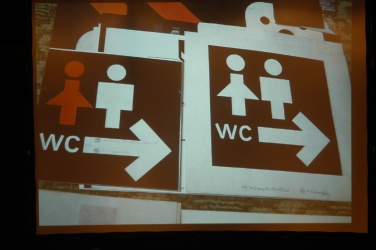 Huge Huge Medium Small | |
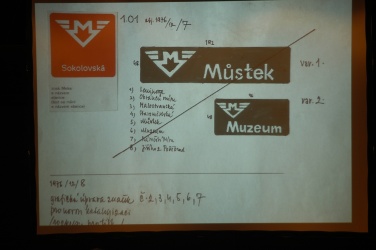 Huge Huge Medium Small | |
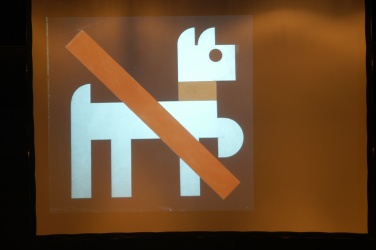 Huge Huge Medium Small | |
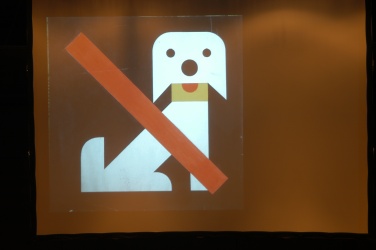 Huge Huge Medium Small | |
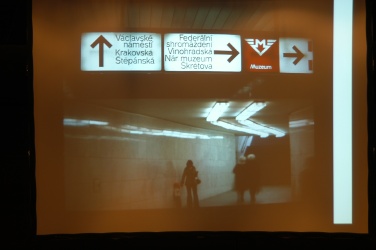 Huge Huge Medium Small | |
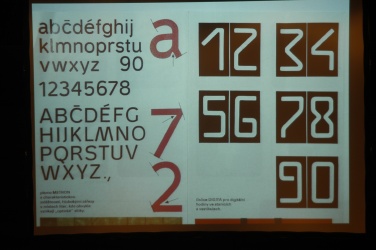 Huge Huge Medium Small | Metron shown next to Digita, a typeface designed by Marek Pistora for train clocks. |
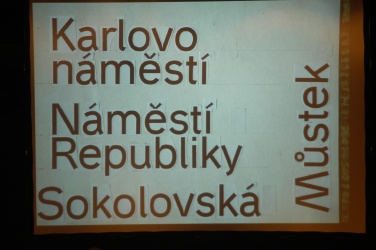 Huge Huge Medium Small | |
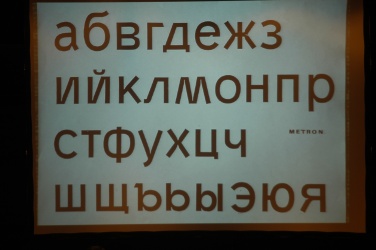 Huge Huge Medium Small | |
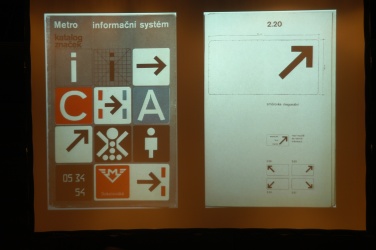 Huge Huge Medium Small | At the end of the Metron story, someone in the audience asked if there is any chance that Metron could be revived in the metro system. Storm said that it was hopeless: they are still using Helvetica, and "things are getting worse". |
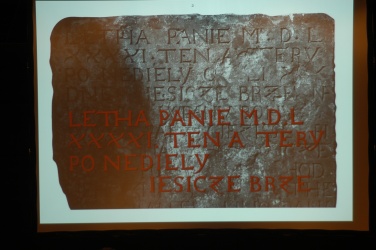 Huge Huge Medium Small | They ended the presentation by showing these letters, dated 1591, the oldest Czech typeface, found in small Czech village. It is known as the Libceves gravestone, and was digitized by Storm as Libcziowes. |
 Huge Huge  Huge Huge |
Sorry, no pictures for the talk by Frantisek Storm and Pavel Zelenka on the contributions of Josef Týfa (b. 1913), who could not attend the talk because of his health. (The pictures on the left refer to Storm's web site.) Týfa was described as a modest man who lives in rural central Bohemia now. His early work was in advertising and logo and book design. It was later that he started doing type design, for which he received several prizes from the State Department of Culture and other institutions. In the mid 50s, he regularly won type contests that were organized by the state-owned Grafotechna foundry. In fact, he replaced Hlavsa as the doyen of Czech typography. That ATypI had allocated a special session for Týfa, and had invited him to attend, shows the respect he still commands in his country. His typefaces include Amos (1983, never digitized), Antikva (1959-1960, aka ITC Tyfa), Juvenis (1964), an untitled Italian (1978, a Western poster face) and H-lahol. Storm said that "Týfa is one of the most significant persons in type design in Czechia in the 20th century." He summarized his main contributions as follows:
|
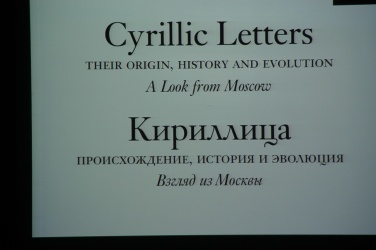 Huge Huge Medium Small | Vladimir Yefimov (ParaType, Moscow) spoke about Cyrillic letters: their origin, history and evolution. |
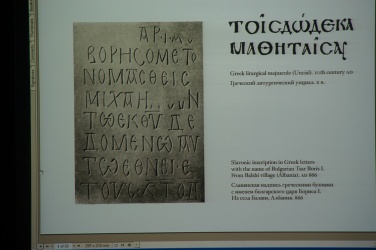 Huge Huge Medium Small | |
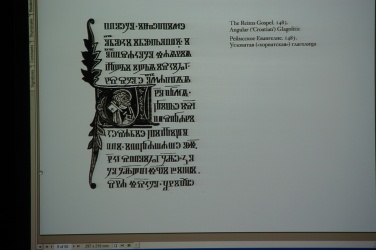 Huge Huge Medium Small | |
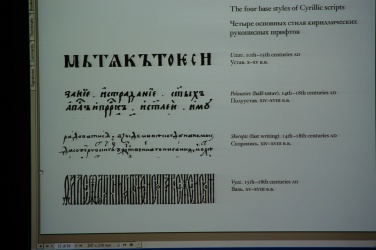 Huge Huge Medium Small | |
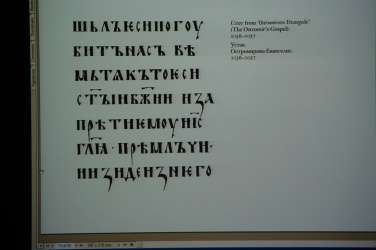 Huge Huge Medium Small | |
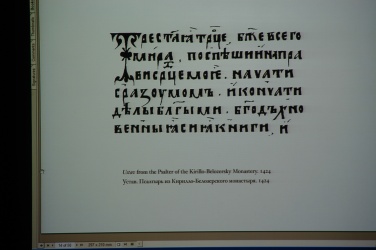 Huge Huge Medium Small | |
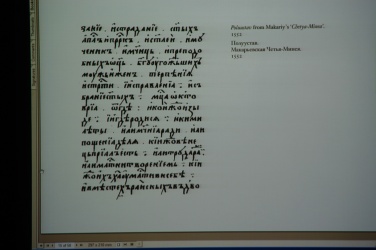 Huge Huge Medium Small | |
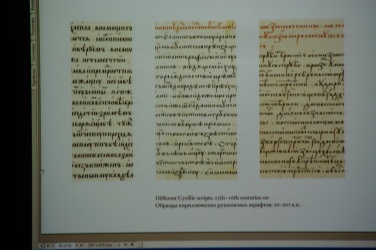 Huge Huge Medium Small | |
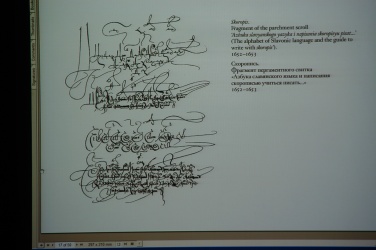 Huge Huge Medium Small | |
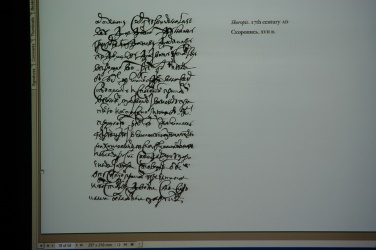 Huge Huge Medium Small | |
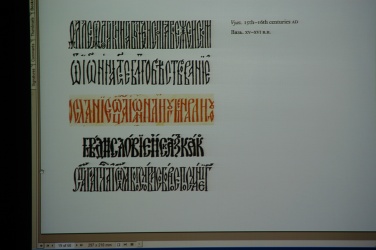 Huge Huge Medium Small | |
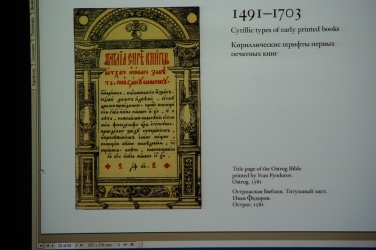 Huge Huge Medium Small | |
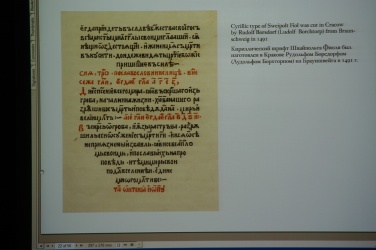 Huge Huge Medium Small | |
 Huge Huge Medium Small | |
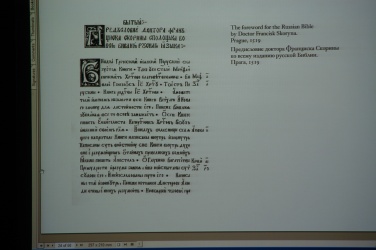 Huge Huge Medium Small | |
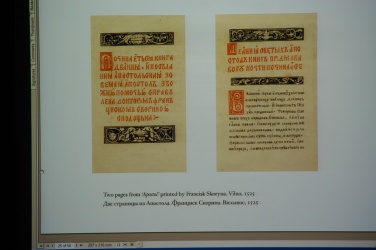 Huge Huge Medium Small | |
 Huge Huge Medium Small | |
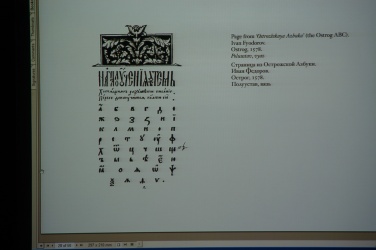 Huge Huge Medium Small | |
 Huge Huge Medium Small | |
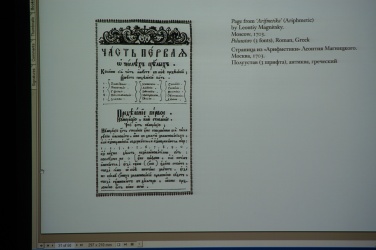 Huge Huge Medium Small | |
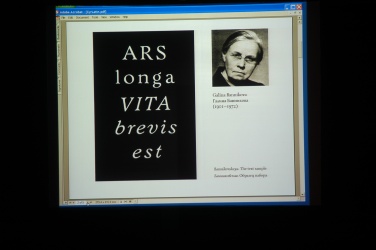 Huge Huge Medium Small | |
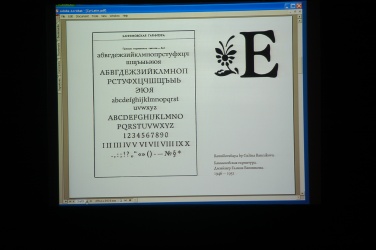 Huge Huge Medium Small | |
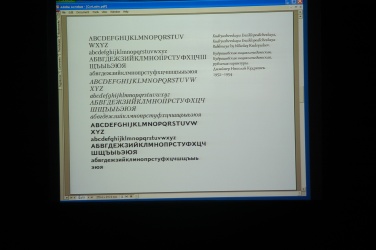 Huge Huge Medium Small | |
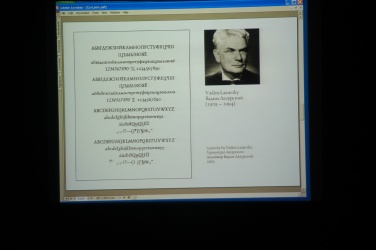 Huge Huge Medium Small | |
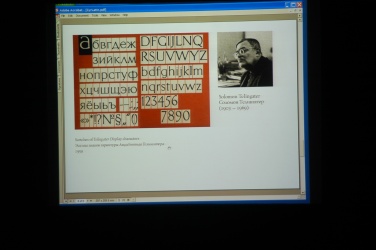 Huge Huge Medium Small | |
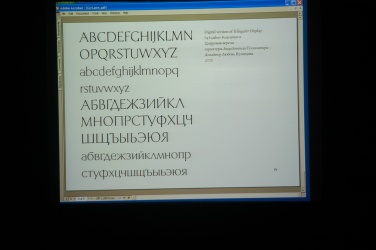 Huge Huge Medium Small |
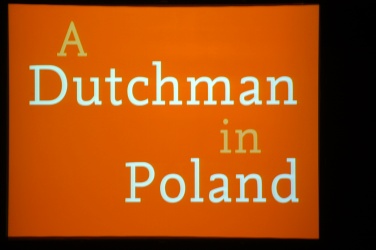 Huge Huge Medium Small | Martin Majoor got married to a Polish composer in 1997, and spends his time in his two homes, one in Arnhem in The Netherlands, and the oter in Warsaw. |
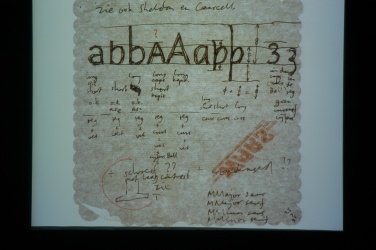 Huge Huge Medium Small | He drew the first sketches for Seria in 1996 in the train to Warsaw. |
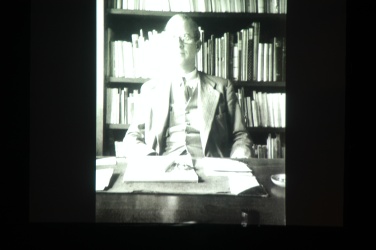 Huge Huge Medium Small | HIs hero is Jan Van Krimpen. Martin said that he did not like his typefaces, but he agreed with Van Krimpen's ideas. You see, Van Krimpen designed the serif face Romulus in 1930, and then made Romulus Sans from the same skeleton. This is shown in the next two figures. |
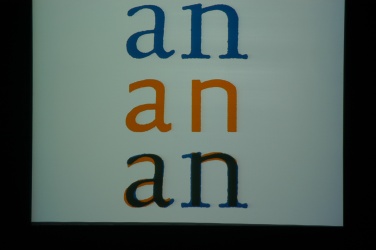 Huge Huge Medium Small | |
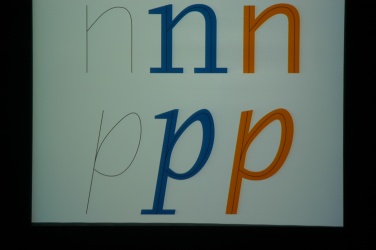 Huge Huge Medium Small | |
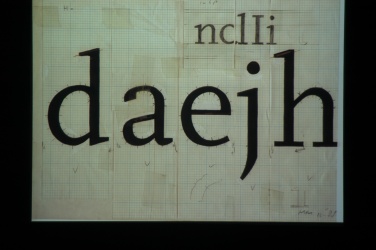 Huge Huge Medium Small | Scala started out in 1988, and these are the first drawings, the serif version. |
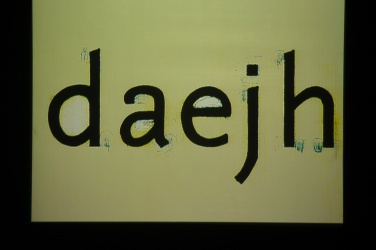 Huge Huge Medium Small | Then, using a lot of whitex to remove things and black marker to add body, the sans was cloned out of the serif. |
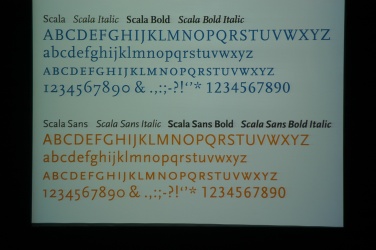 Huge Huge Medium Small | And here are the Scala families. Majoor said he was motivated because "in 1988, we had Bookman and Helvetica, the most horrible typefaces you can imagine". Later, he mentioned "... like Univers and Helvetica and all the other ugly typefaces". |
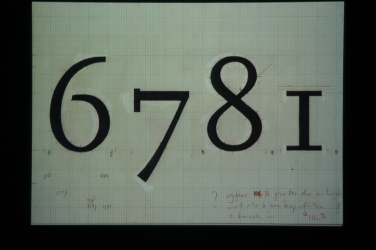 Huge Huge Medium Small | |
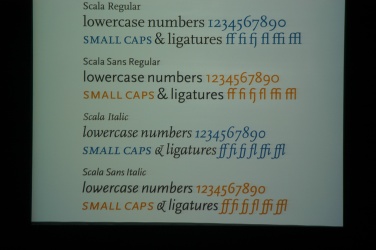 Huge Huge Medium Small | |
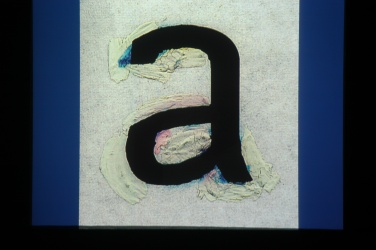 Huge Huge Medium Small | The sketch of the "a" for Seria was to Majoor like a "2d sculpture, adding white and black" in layers. |
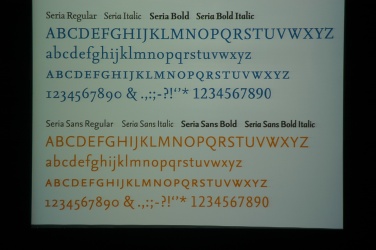 Huge Huge Medium Small | And here are Seria and Seria Sans. Majoor is still working on a Cursive. |
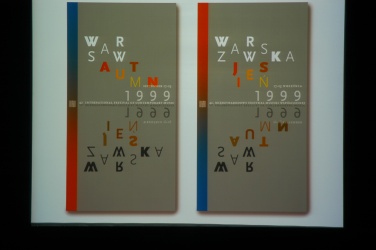 Huge Huge Medium Small | But more to the point, Majoor's work in Poland. He was asked to design posters and advertising for the Warsaw Autumn Festival, and has done it every year since 1999. This is his first logo, a kind of puzzle. It surprised the Poles, who were used to more handlettering on posters. |
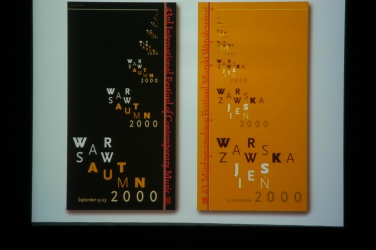 Huge Huge Medium Small | |
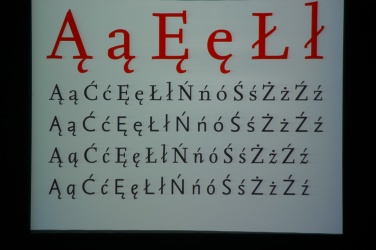 Huge Huge Medium Small | Of course, his text needed accents and diacritics. This turned him off: "I really don't care about accents". |
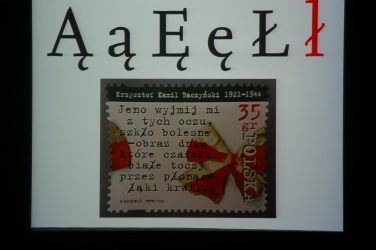 Huge Huge Medium Small | Then he showed the errors he found in many places, like on this Polish postage stamp, in which FF Trixie (another Dutch typeface) uses a full slash through the lower case "l". |
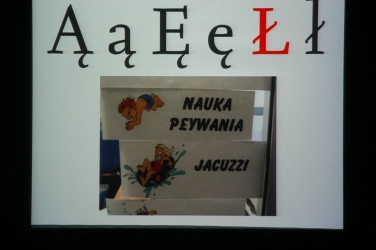 Huge Huge Medium Small | The mistake here is that the stabbed L was missing from the font palette, and so the typographer replaced it by the pound sign. |
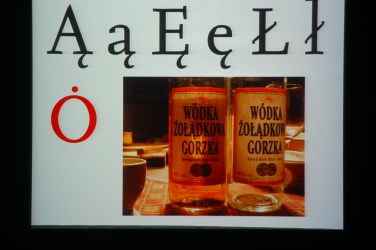 Huge Huge Medium Small | On his favorite bottle of vodka, called Gorzka, we find an O with a dot on top, a diacritic that does not exist in Polish. |
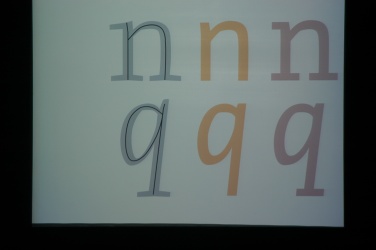 Huge Huge Medium Small | The design of FF Nexus according to the same skeletal cloning rules. This typeface was made in Warsaw, because he has no time in Arnhem. for Nexus, he took Seria as a basis and reduced descenders and ascenders. |
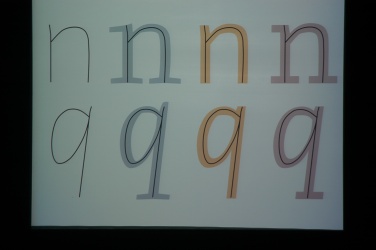 Huge Huge Medium Small | |
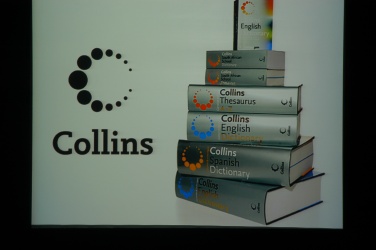 Huge Huge Medium Small | FF Nexus is used in the Collins logo and inside the Collins dictionary. |
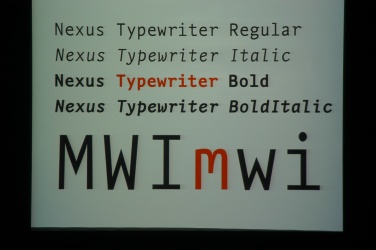 Huge Huge Medium Small | There are a myriad of weights now, including Swash, Typewriter, Serif, and Sans. In any case, in all the development, the serif comes first, then the sans, and then the slabs and other things, after the skeleton has been established. Note the crazy "m" in Nexus Typewriter! |
 Huge Huge Medium Small | Martin Majoor in Warsaw. |
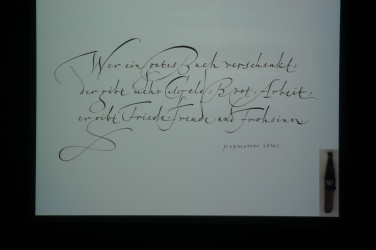 Huge Huge Medium Small | Jovica Veljovic is a calligrapher and type designer who relocated from his native Serbia to Hamburg, where he is a professor of lettering and typography. He is best known for his work at Adobe, such as ExPonto MM (1995), Sara Pro, Silentium Pro (2000), and soon Veljovic Script Pro. He also made ITC Esprit and ITC Veljovic. He let us peek into his own world for 50 enjoyable minutes. |
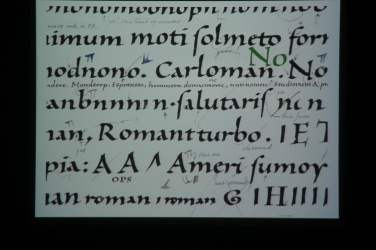 Huge Huge Medium Small | Jovica's study of Carlongian scripts to be used as a model for Silentium Pro. |
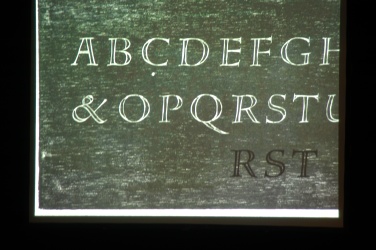 Huge Huge Medium Small | A woodcut, also part of the development of Silentium. He wanted to keep this typeface rough. |
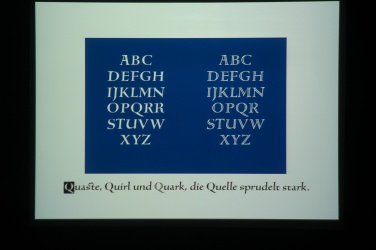 Huge Huge Medium Small | Silentium has no Cyrillic counterpart. Carolingian script belongs to another culture, so it does not make sense to Cyrillicize. In fact, Jovica thinks that there is too much Cyrillization going on anyway. |
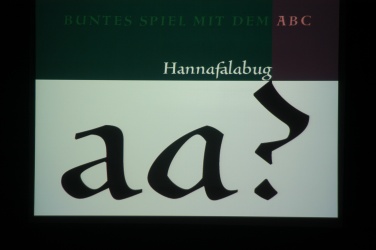 Huge Huge Medium Small | |
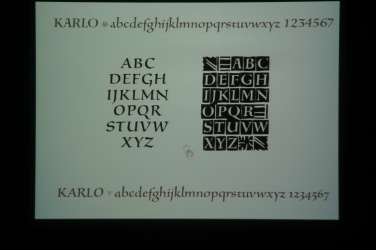 Huge Huge Medium Small | |
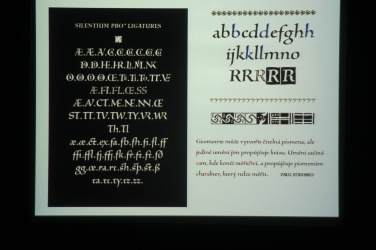 Huge Huge Medium Small | Silentium Pro. |
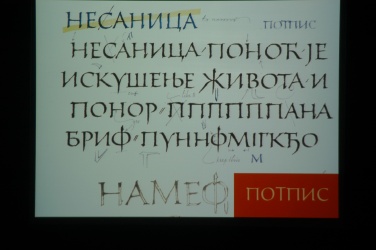 Huge Huge Medium Small | This is the birth of Sava Pro, for which Jovica wanted Greek, Latin and Cyrillic letters. These sketches are for a book called "Signature", in which a group of Montenegrans sits around drinking beer and entertains itself with competitions for the best signature. |
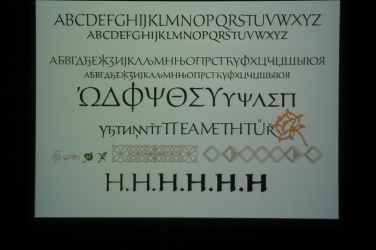 Huge Huge Medium Small | Sava Pro is a display face that can be used at small sizes. The lowercase was hard to find. Look at the ornaments, which have Byzantine influences--they can be seen even today in many monasteries in Greece and the Balkan. |
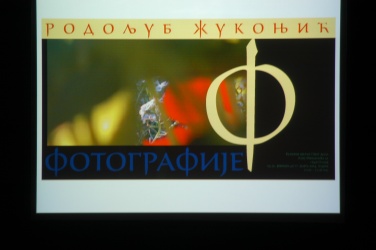 Huge Huge Medium Small | The name Sava was chosen to honor an archbishop of Serbia, who lived around 1300 and who was known for his ability to work with people from many nationalities. A reformer of the Serbian church, he was well-educated and appreciated by the people. Of course, there is also the Sava river which runs from Slovenia through Croatia to Belgrade, and thus symbolizes multiculturalism. |
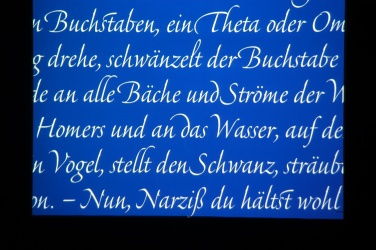 Huge Huge Medium Small | This is a script face on which Jovica is working presently, named Veljovic Script Pro. He started his development in the early 90s, and stressed that he cannot finish typerfaces quickly. He wanted a typeface close to his own handwriting. |
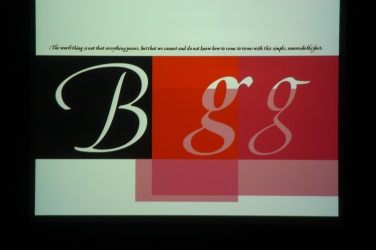 Huge Huge Medium Small | He stated that "I am not interested in the Ikea philosophy" (meaning the rapid production of typefaces, often by creating glyphs by compositions of similar components). |
 Huge Huge Medium Small | Not bad. He made he bold weight here even though he said that he does not like bold type in general. Also, the typeface will have many alternates, such as a choice between straight and curled d's. |
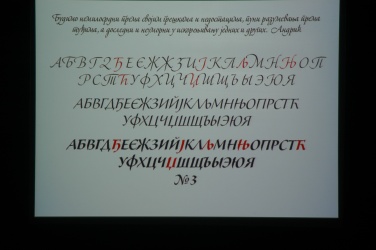 Huge Huge Medium Small | |
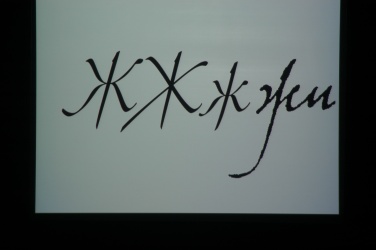 Huge Huge Medium Small | Jovica discussed at length which one of the forms of this Cyrillic letter he likes best. The question should be asked to the Russians, Bulgarians, Serbians and Montenegrans, really, to see what they prefer. |
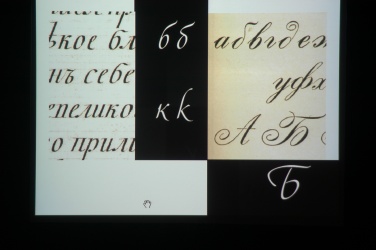 Huge Huge Medium Small | Whatever happens, there will be many alternates. |
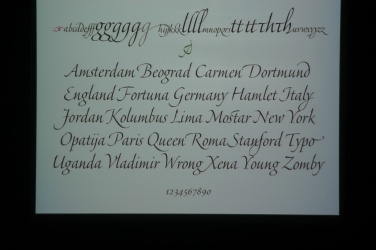 Huge Huge Medium Small | |
 Huge Huge Medium Small | So, there you have Veljovic Script Pro. Jovica is working on several text faces, but Adobe keeps him too busy, he says, with display faces. |